The Grenchus Foundation @ Let There Be Light Exhibit by Kate Oh Gallery
The Grenchus Foundation @ Let There Be Light Exhibit by Kate Oh Gallery
& Reception
photos by Mega
“Let There Be Light” by Chris Gocong and Rod Lathim
Can contemporary art, besides being visually stunning, have healing functions?
Transmedia exhibit Let There Be Light brings for the first time the multidisciplinary oeuvre of three collaborative West Coast artists to Manhattan. Probing the interaction between light and matter, their neon-transformed paintings and sculptures combine the ethereal dimensions of light art with the whimsical accessibility of pop culture, reinterpreting contemporary styles through an organic lens and provoking a witty thesis about creativity and spiritual growth.
Spoken Word Artist: Youtopia Essex
About the curator
Benjamin Alexander is an art historian and international curator who has worked for Jenny Holzer Studio (USA), Pearl Lam Galleries (Hong Kong), Tina Keng Gallery (Taiwan), and published a monograph through Skira Editore (Italy); Benjamin holds a bachelor's in philosophy and a doctorate in electrical engineering.
“Let There be Light"—The Flicker as Bridge
by Ekin Erkan
Philosopher and Academic
Columbia University
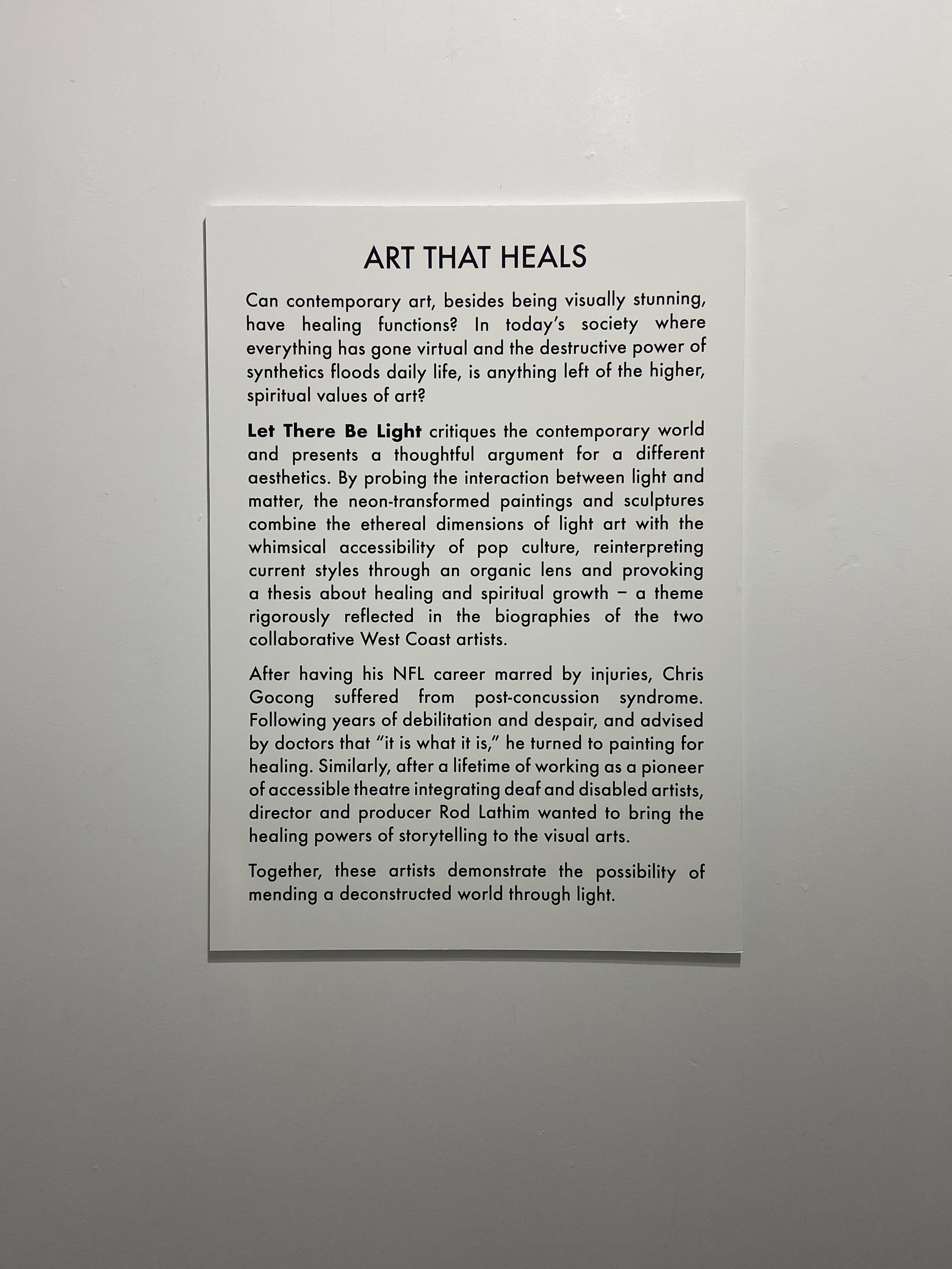

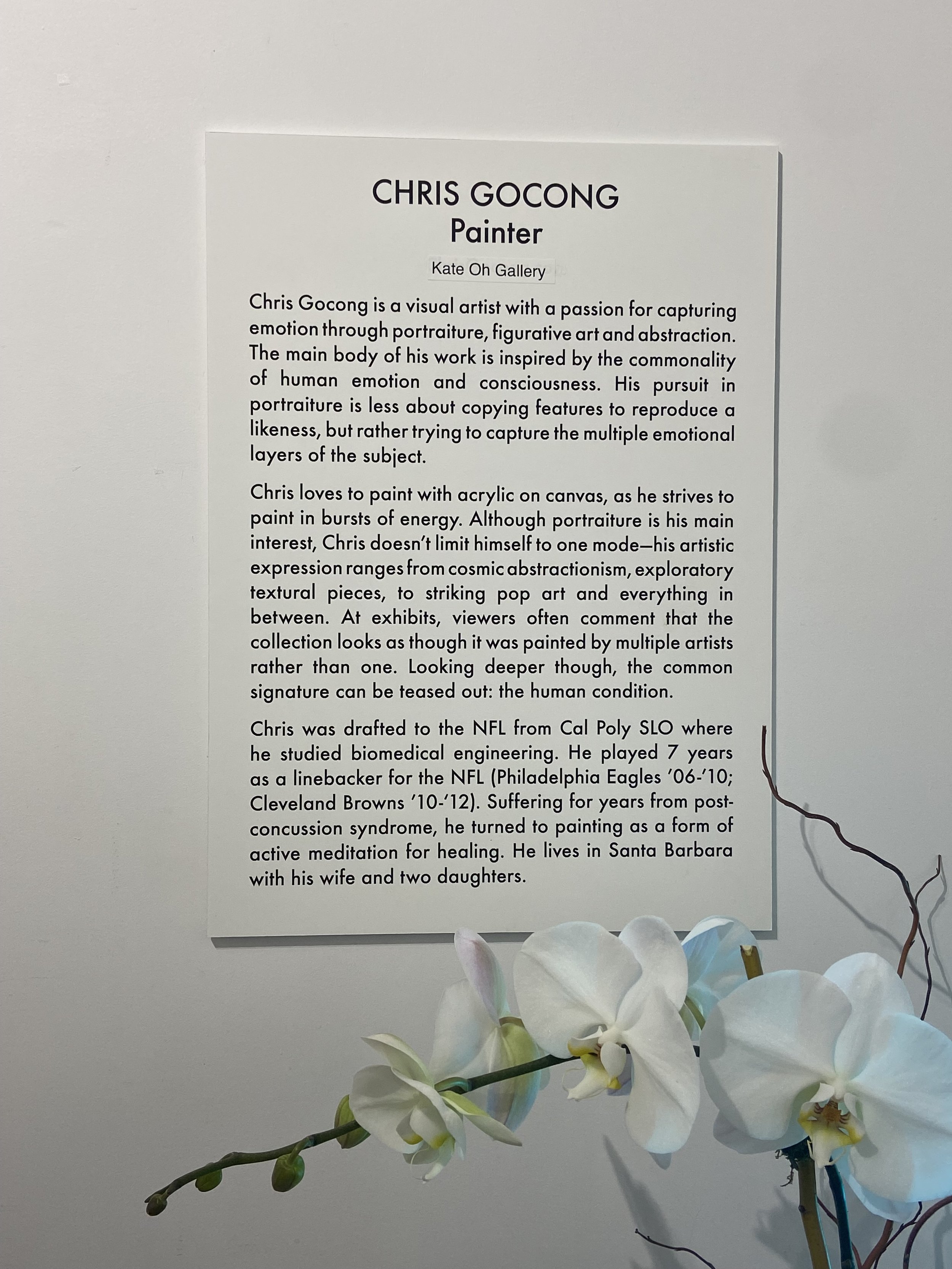
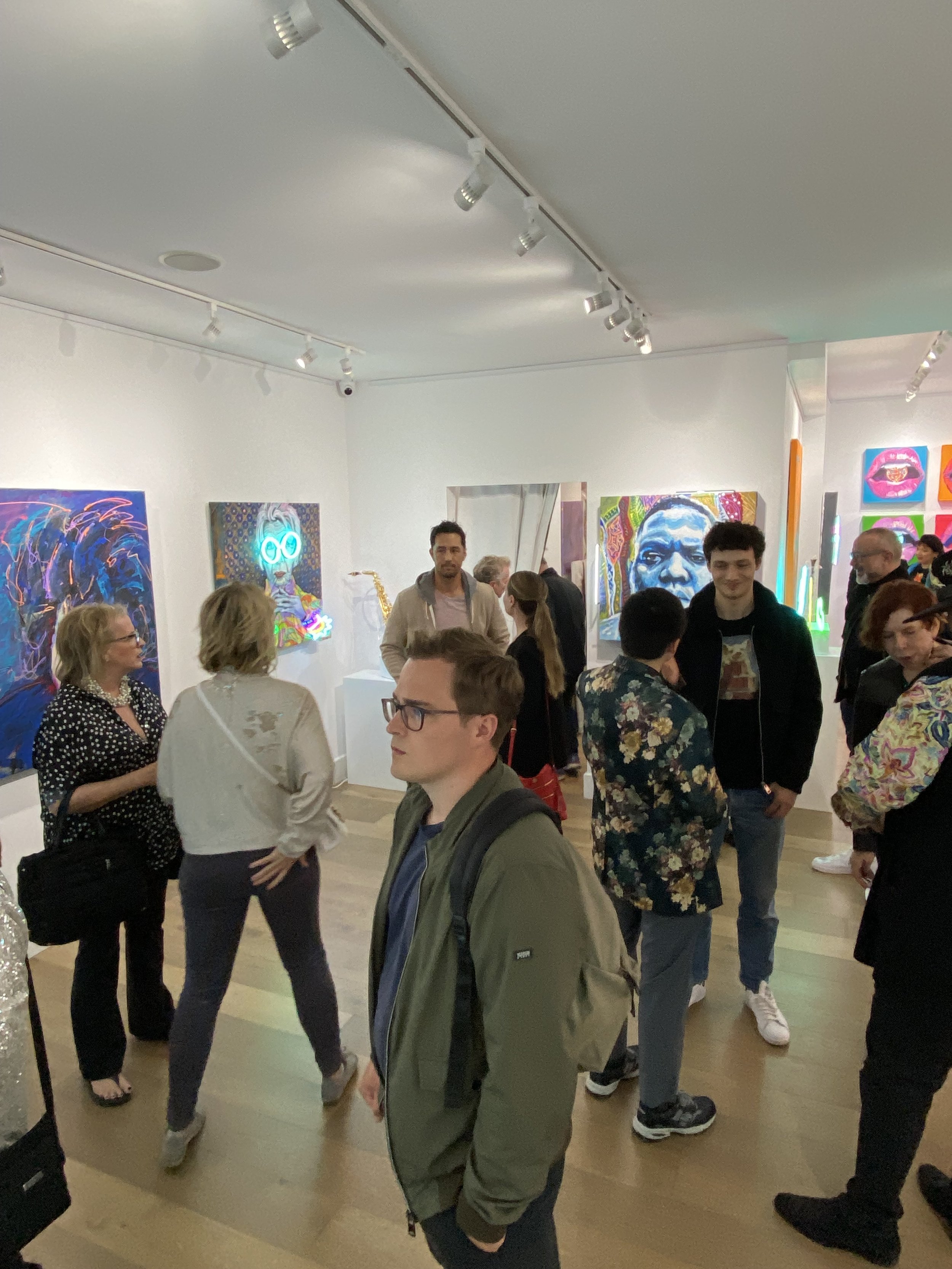

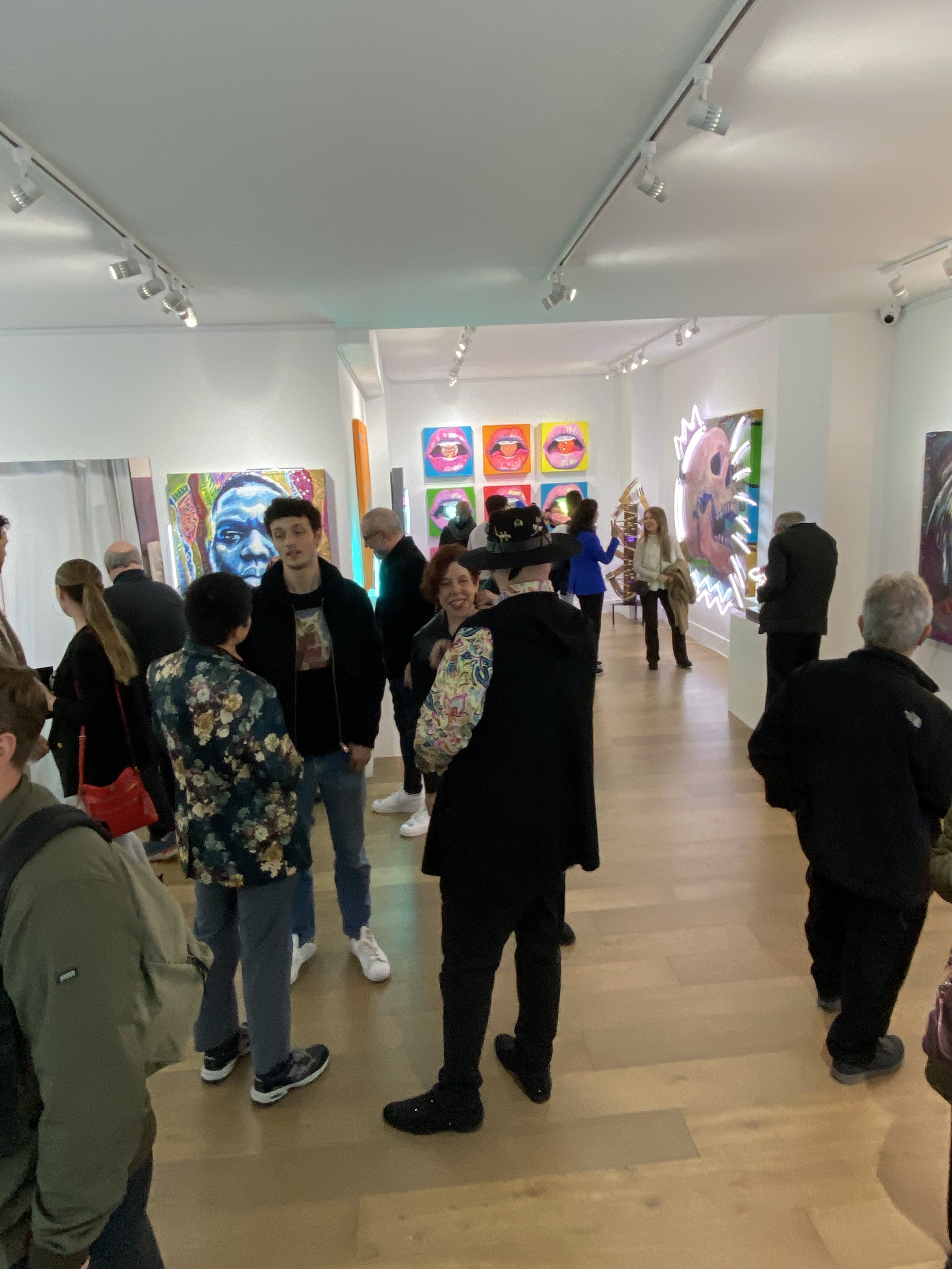

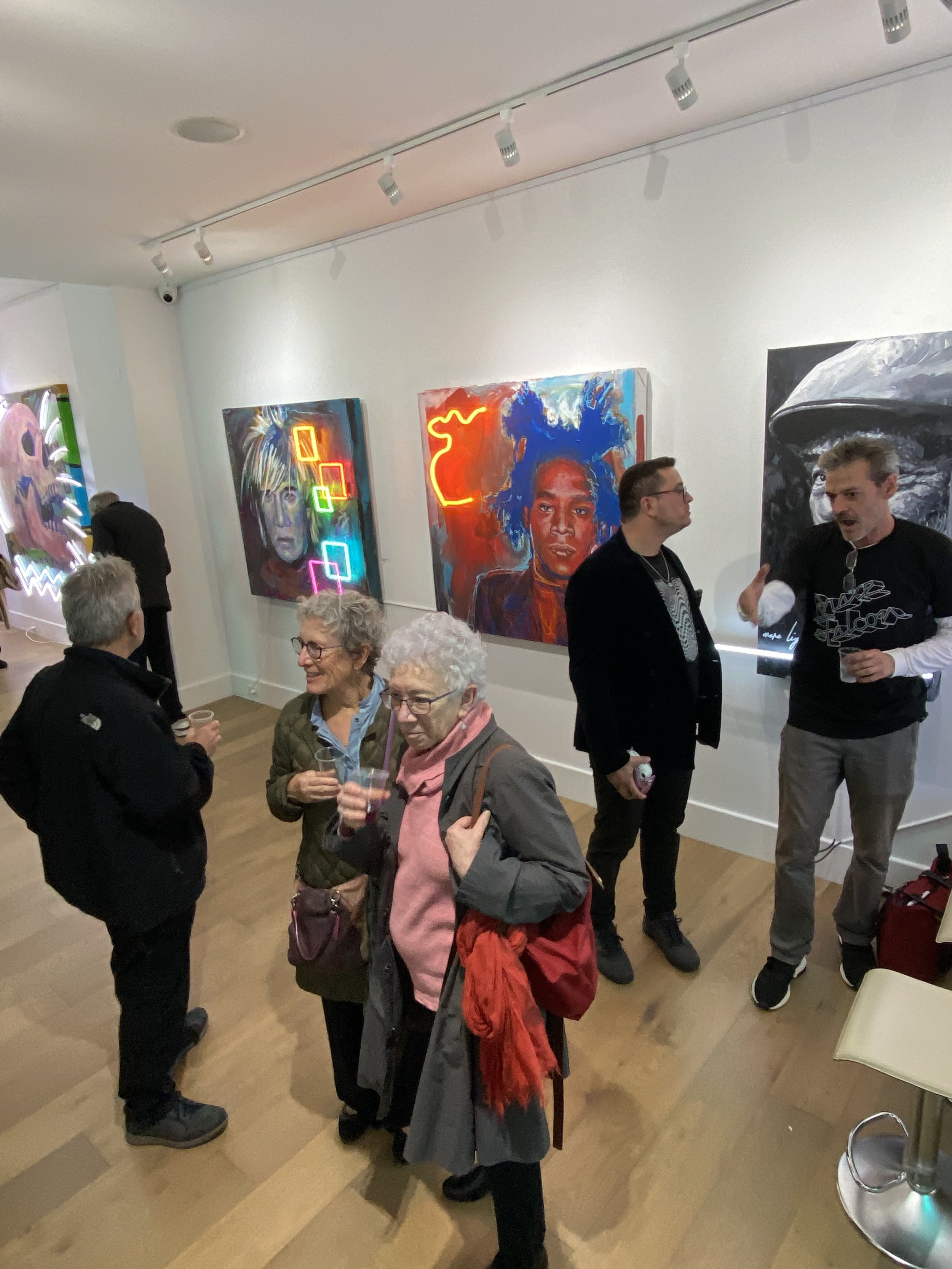



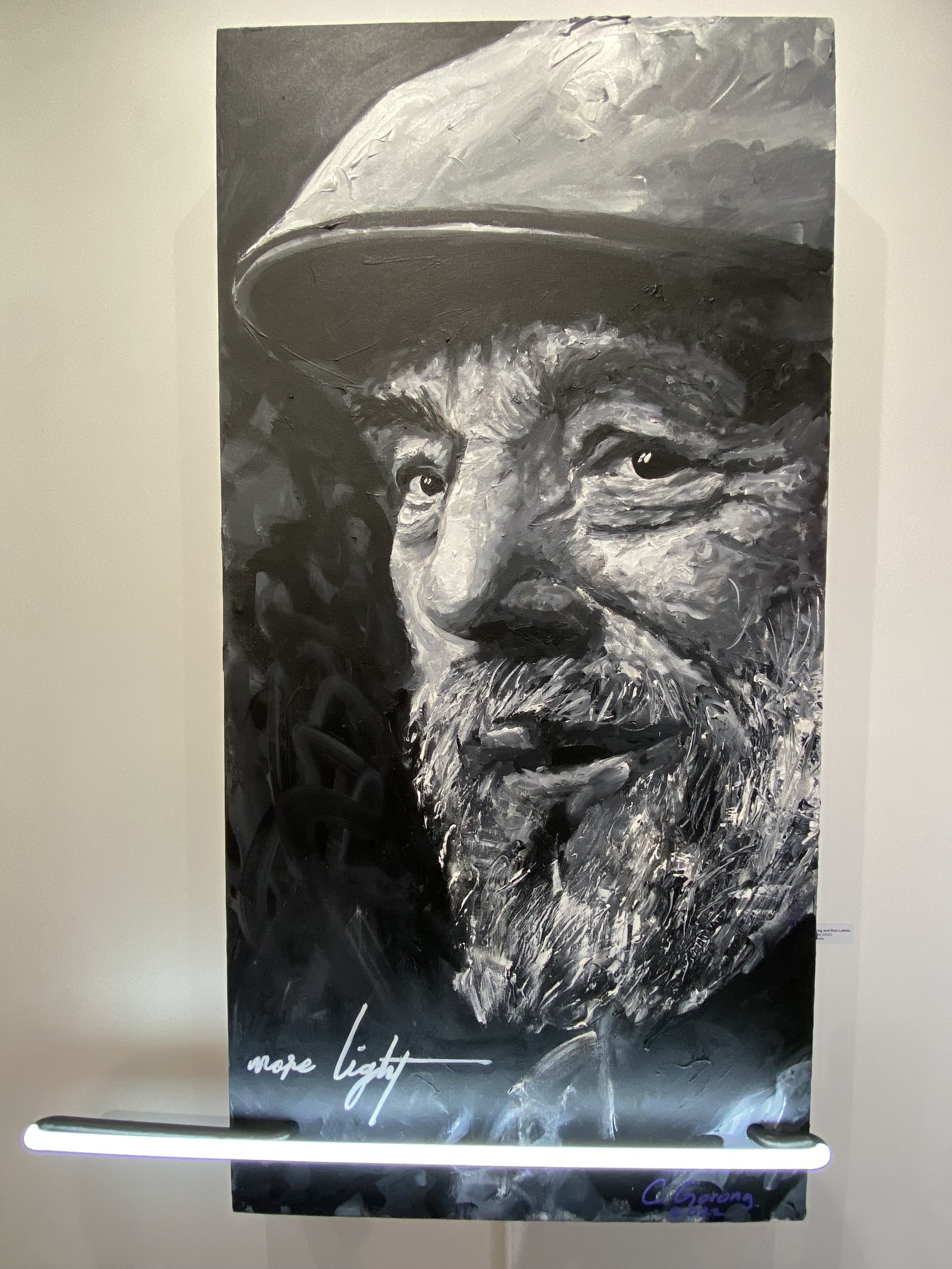
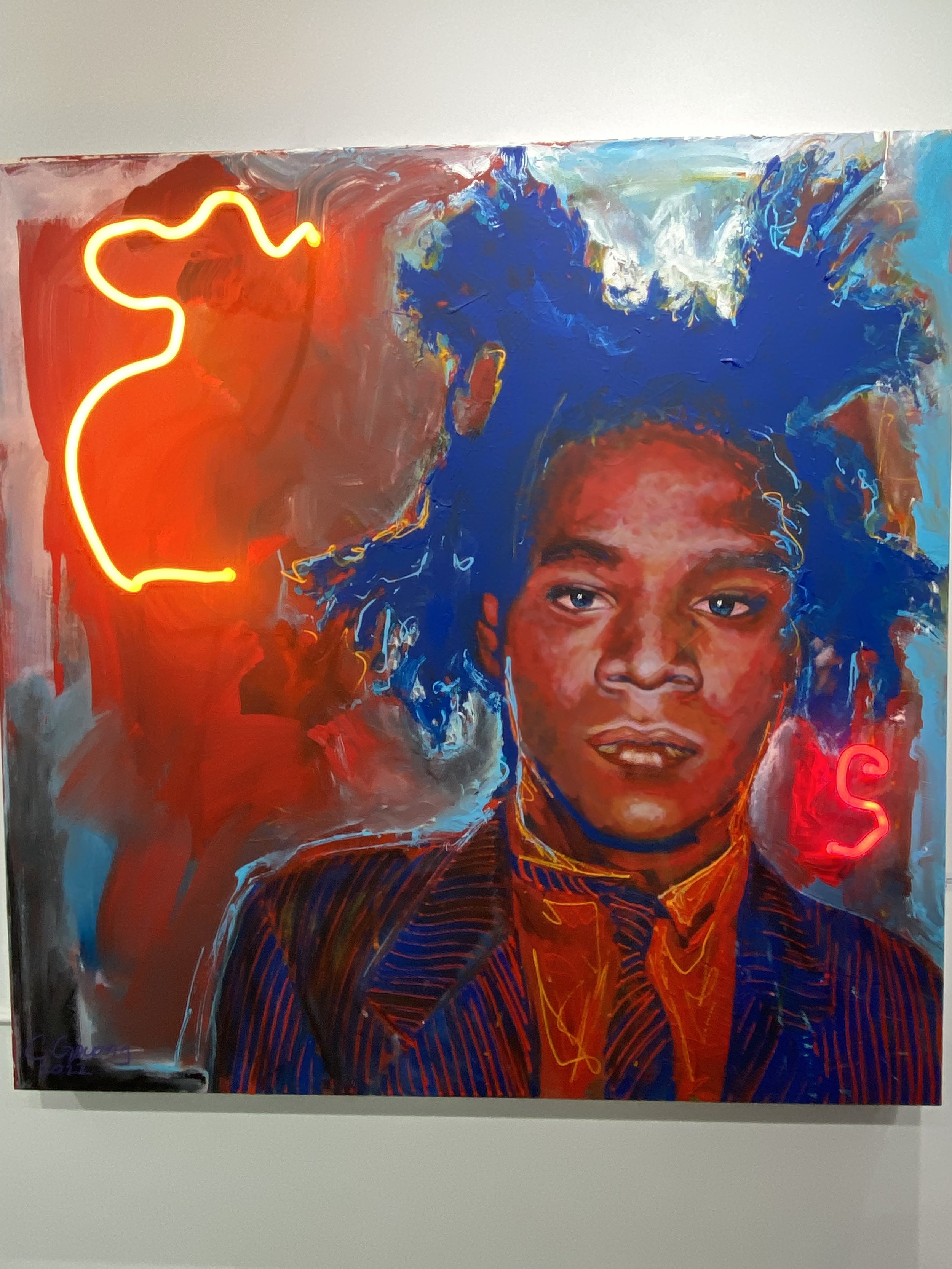

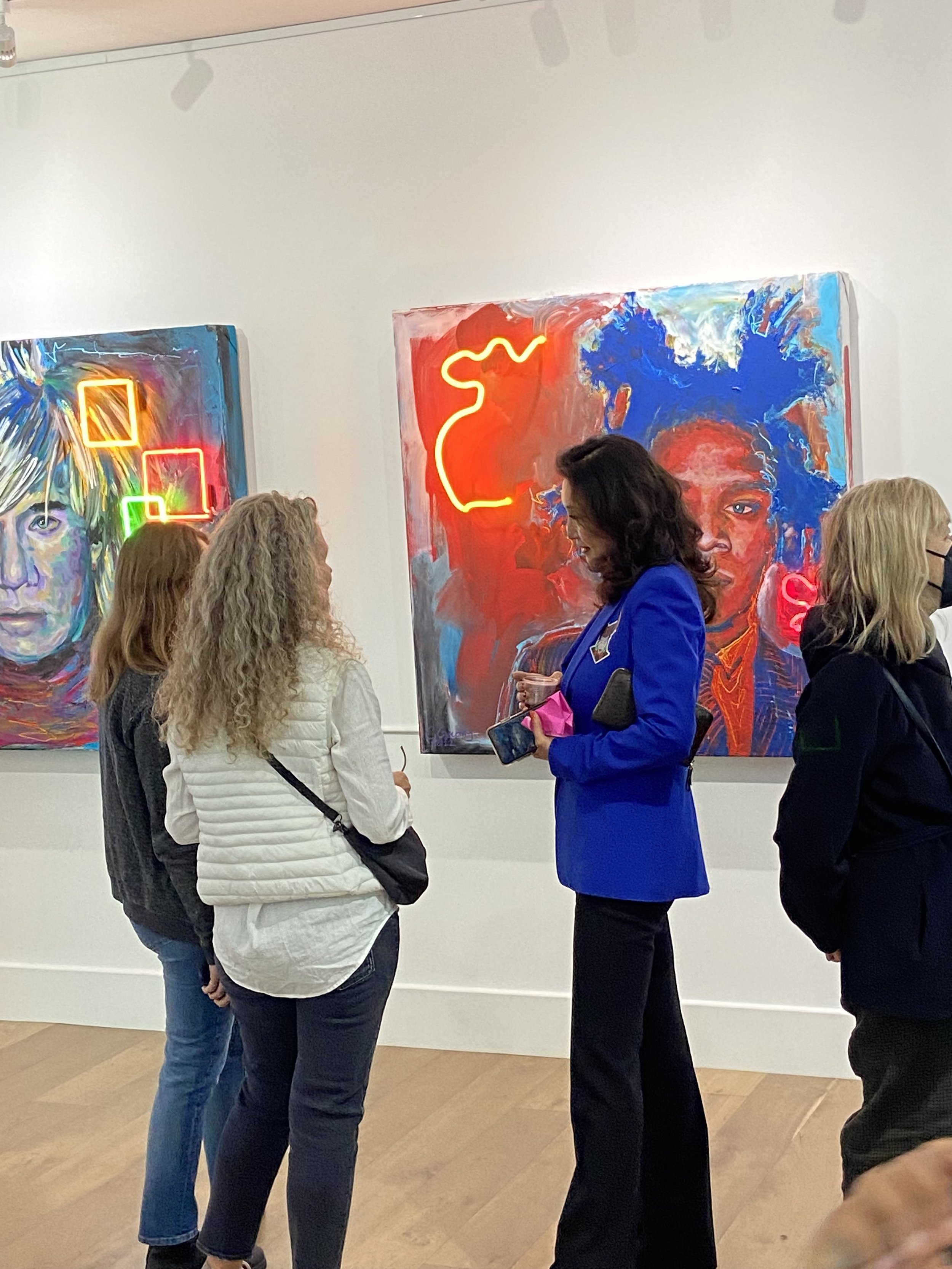
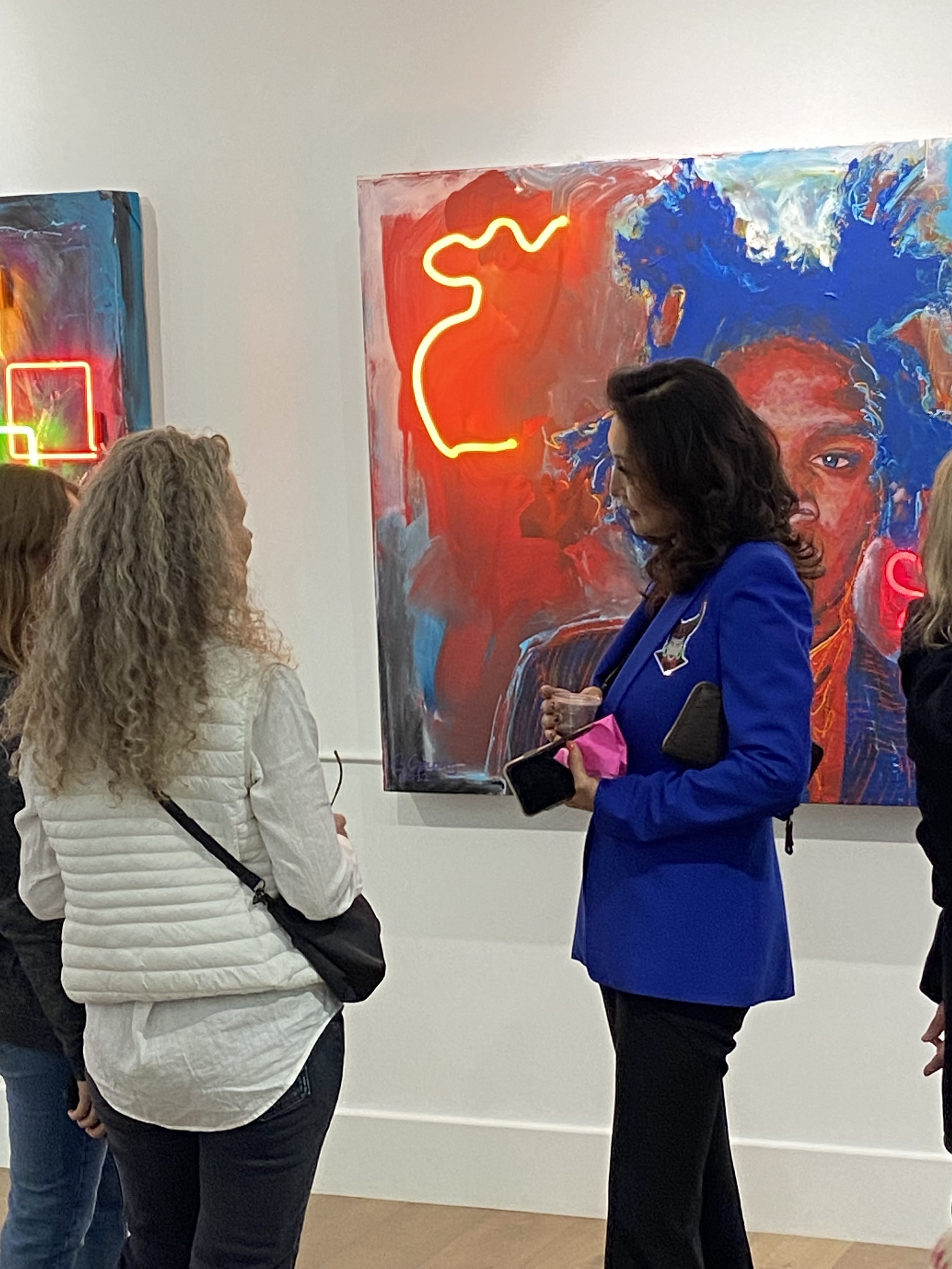

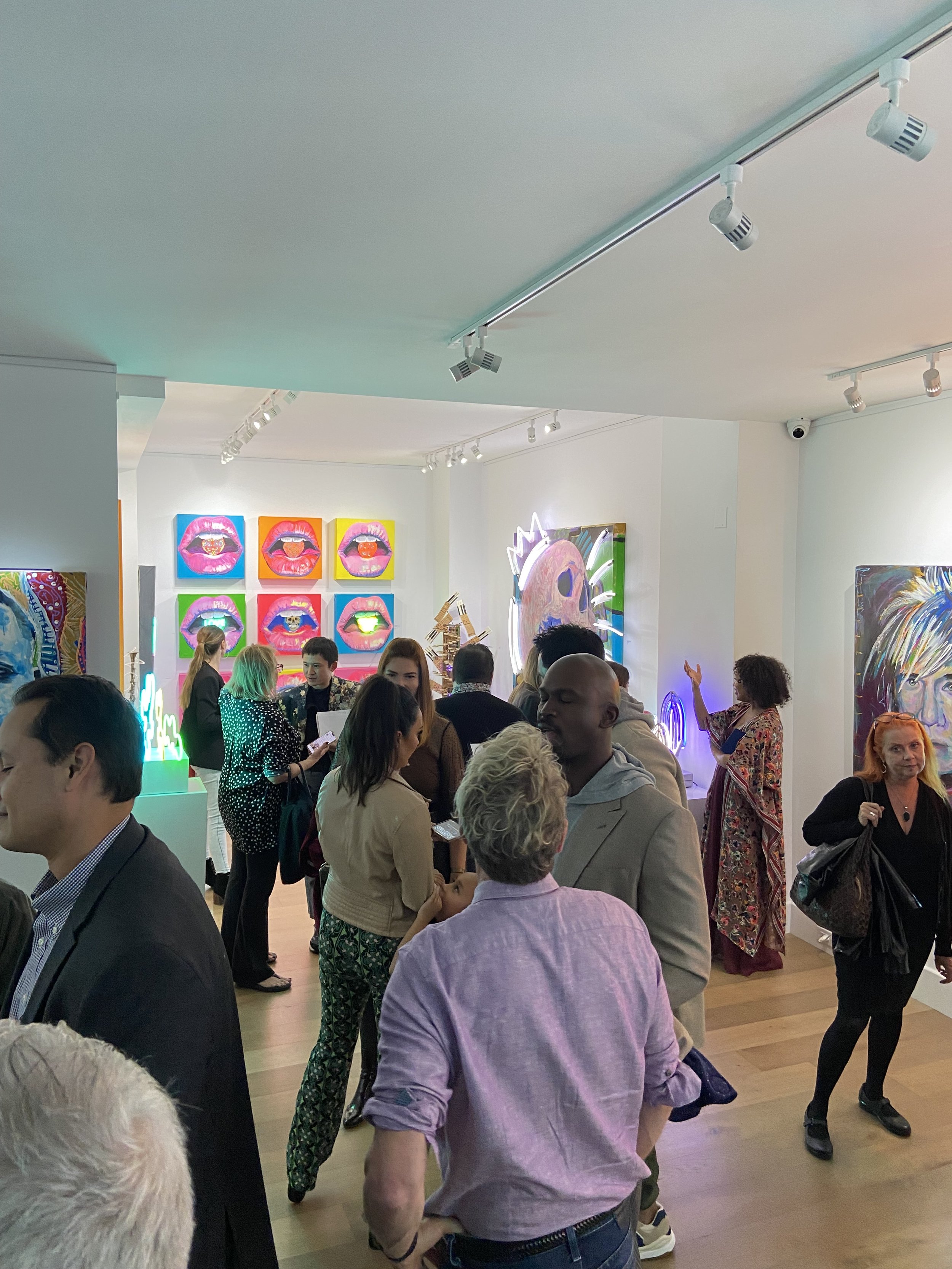

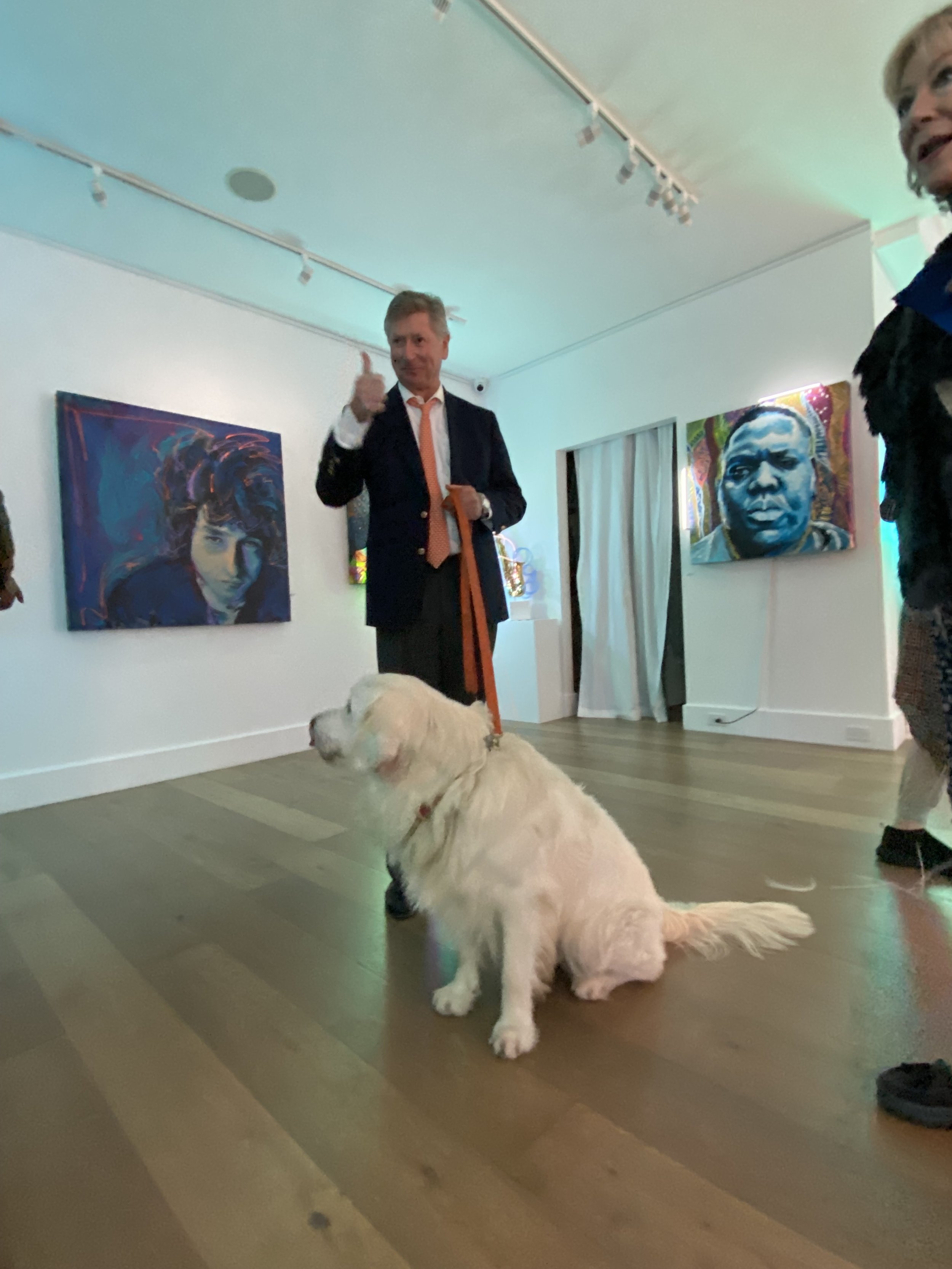

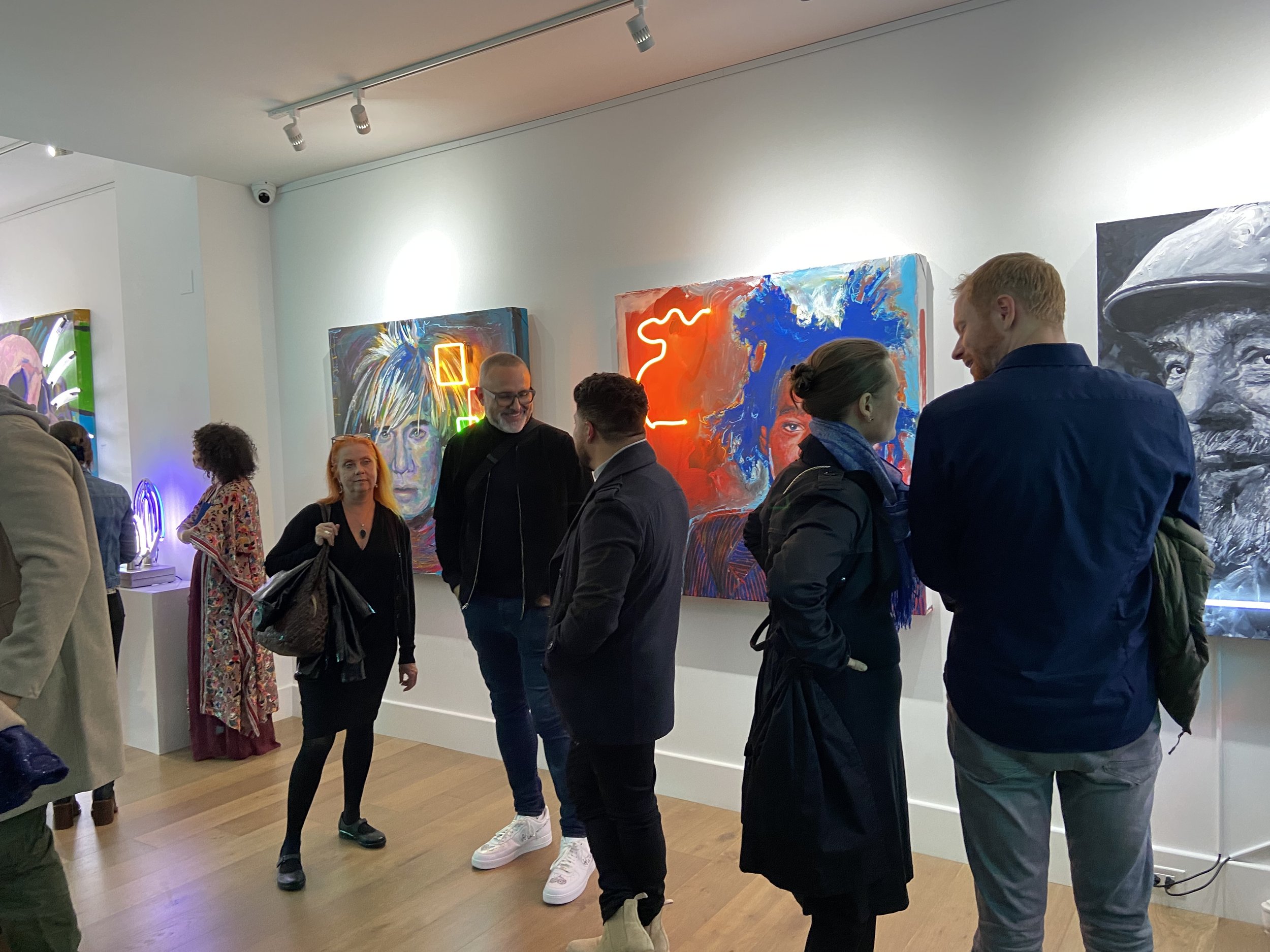
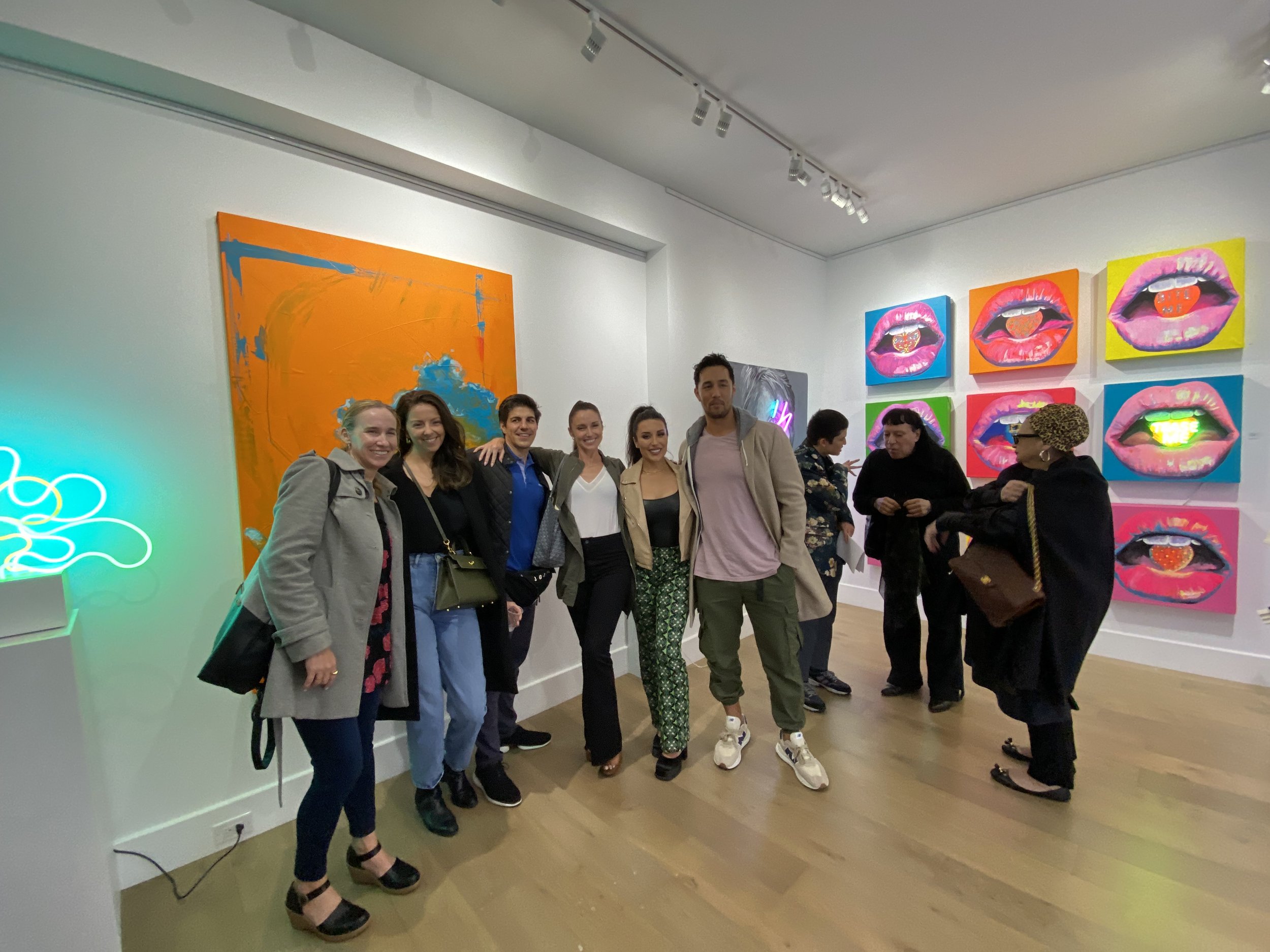
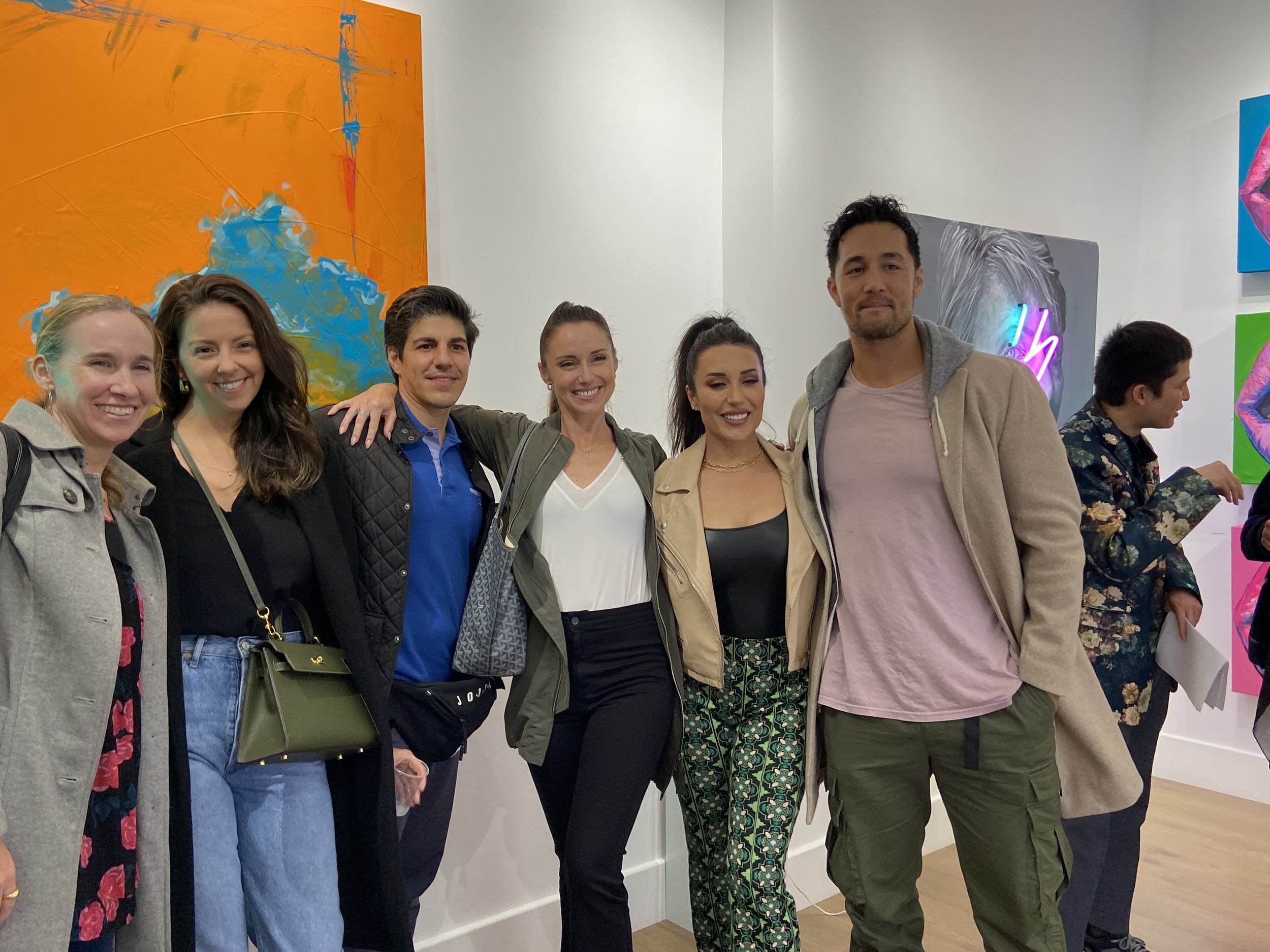
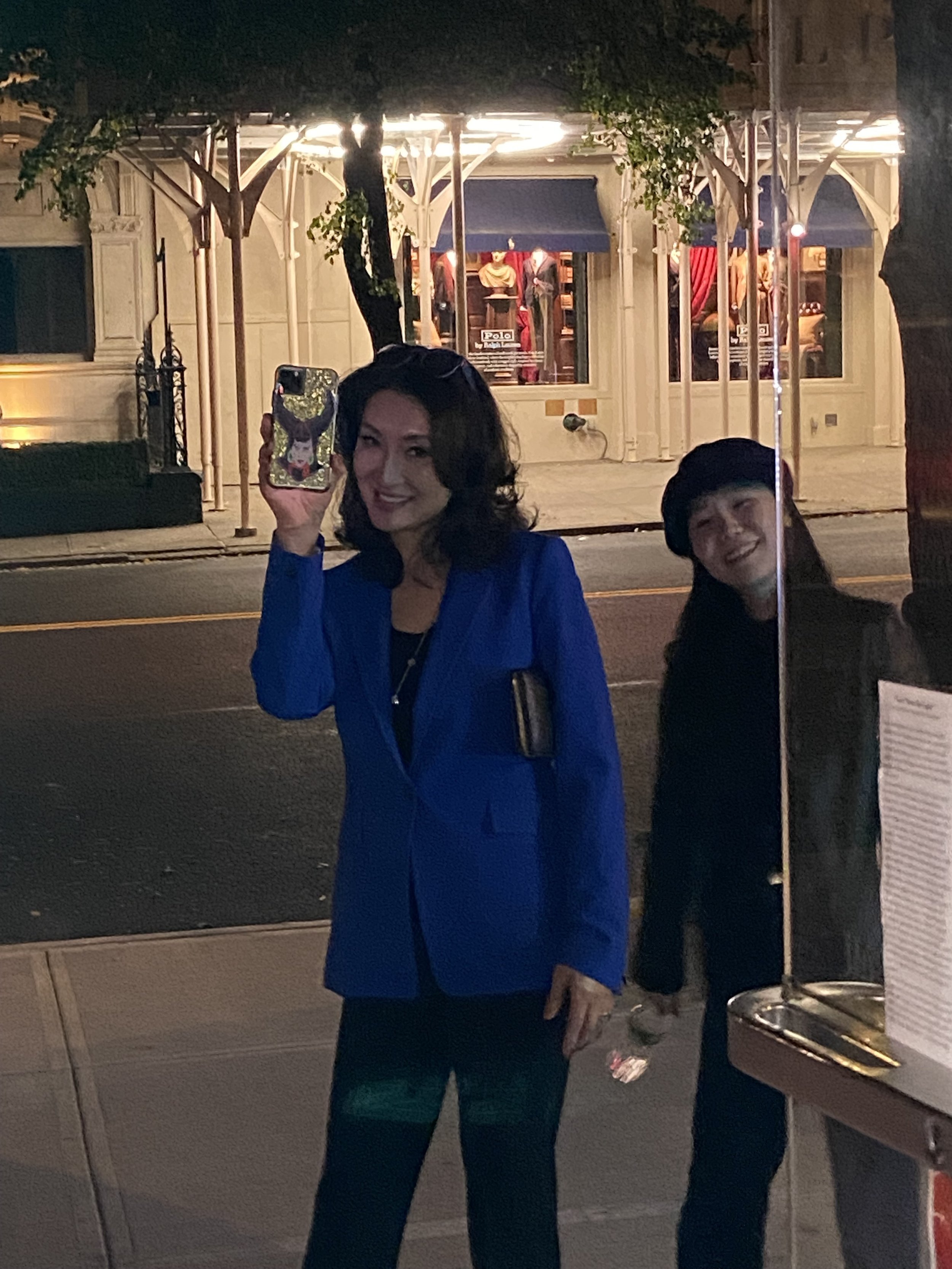
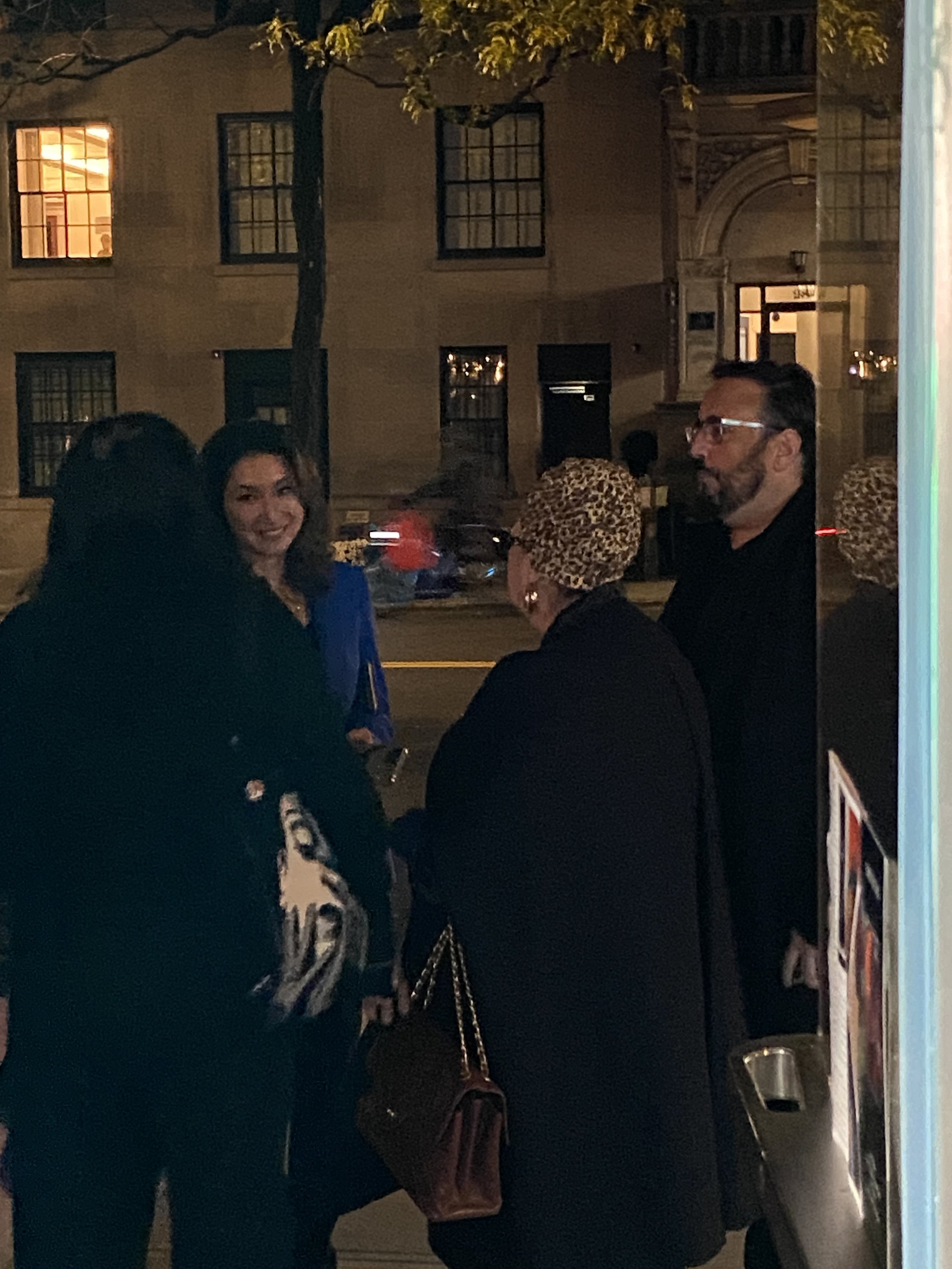

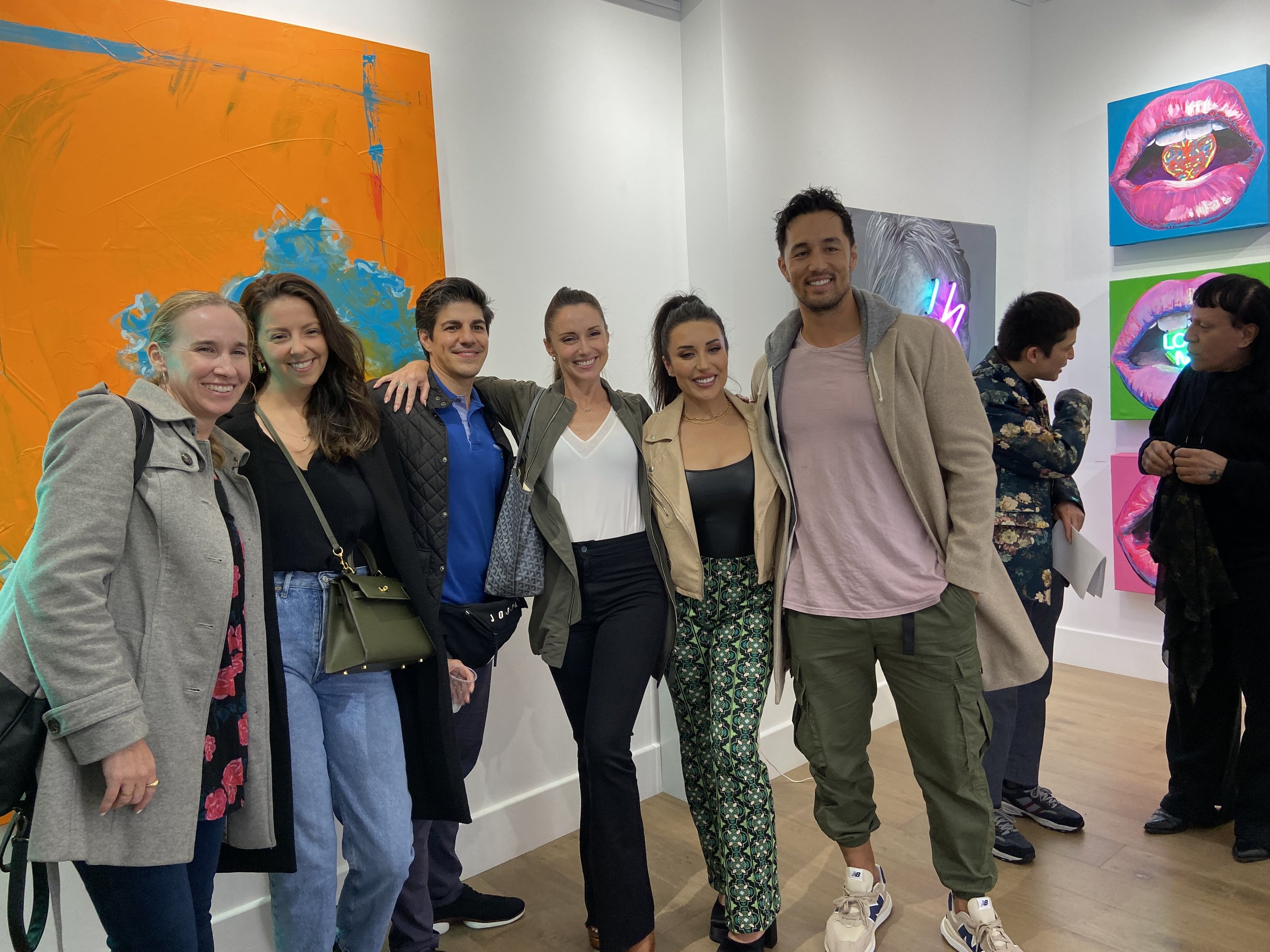
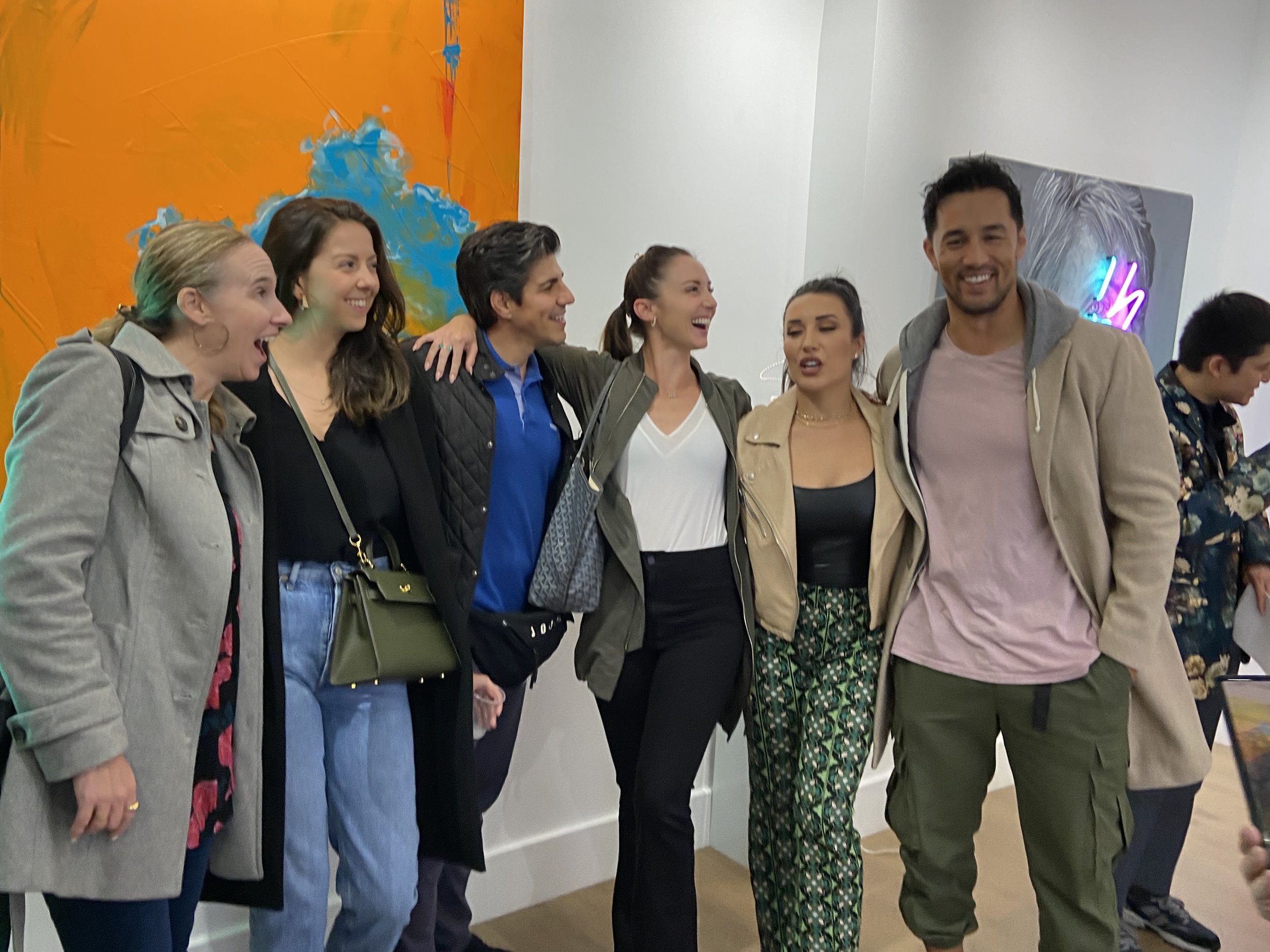
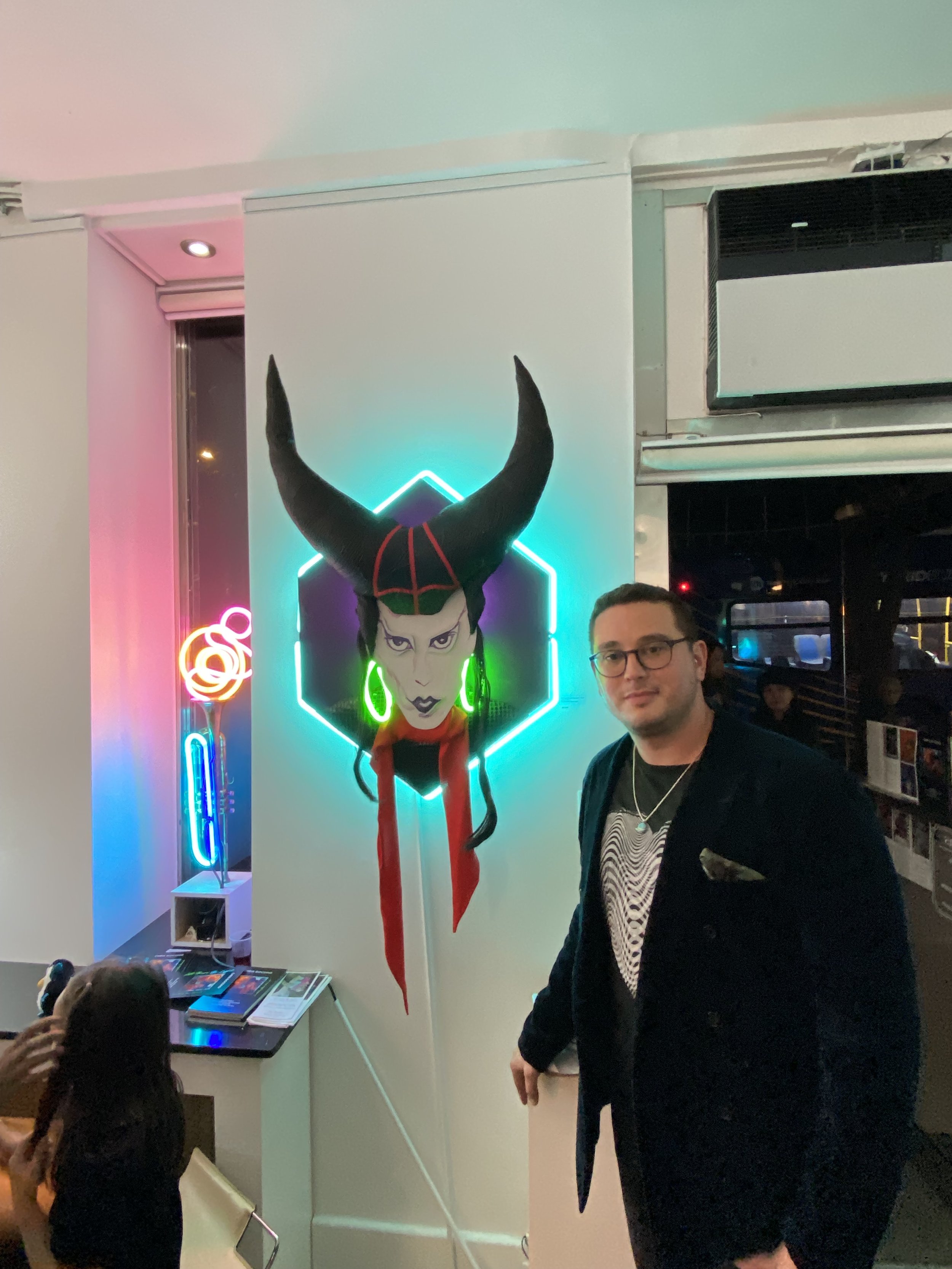


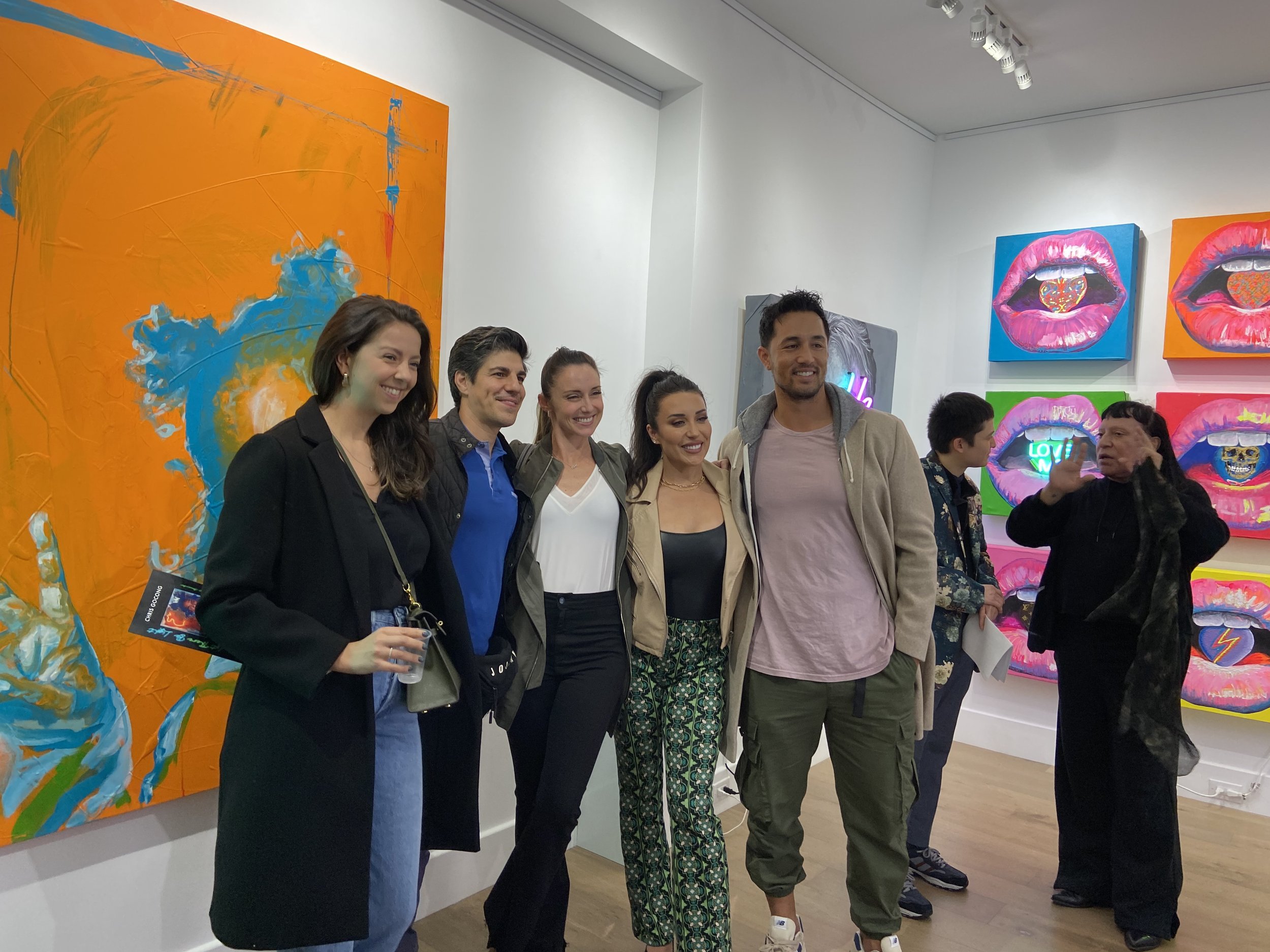
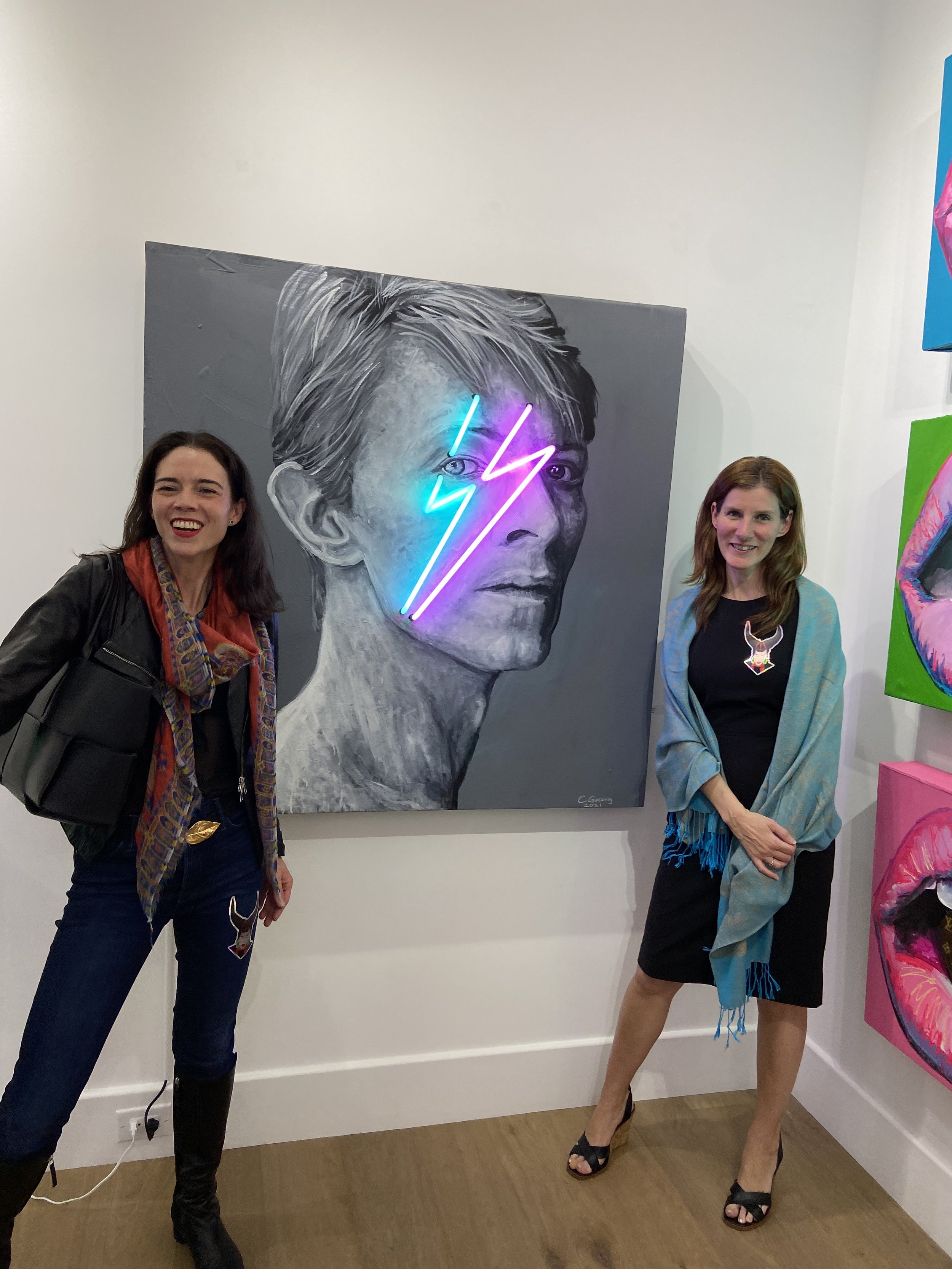

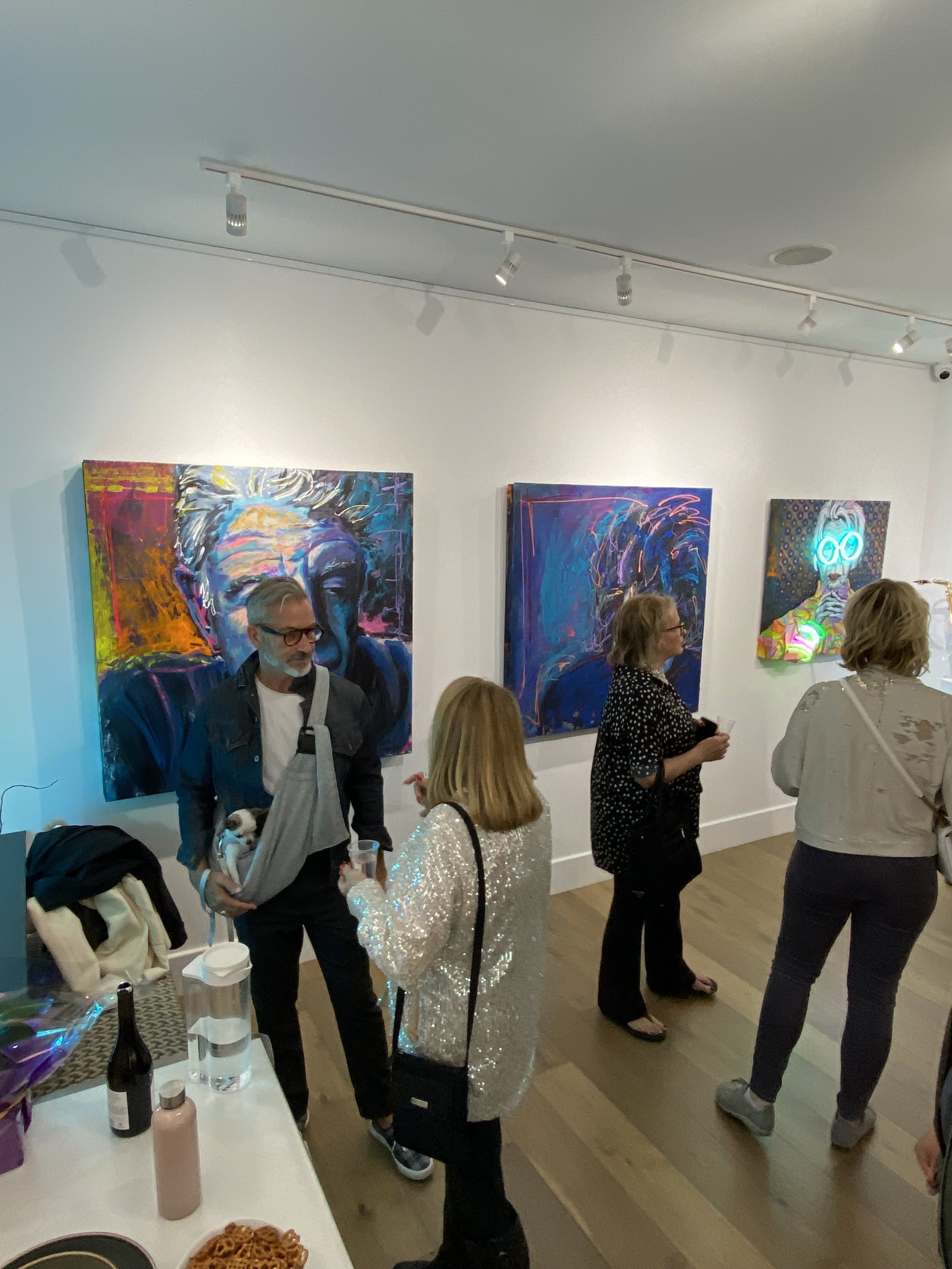

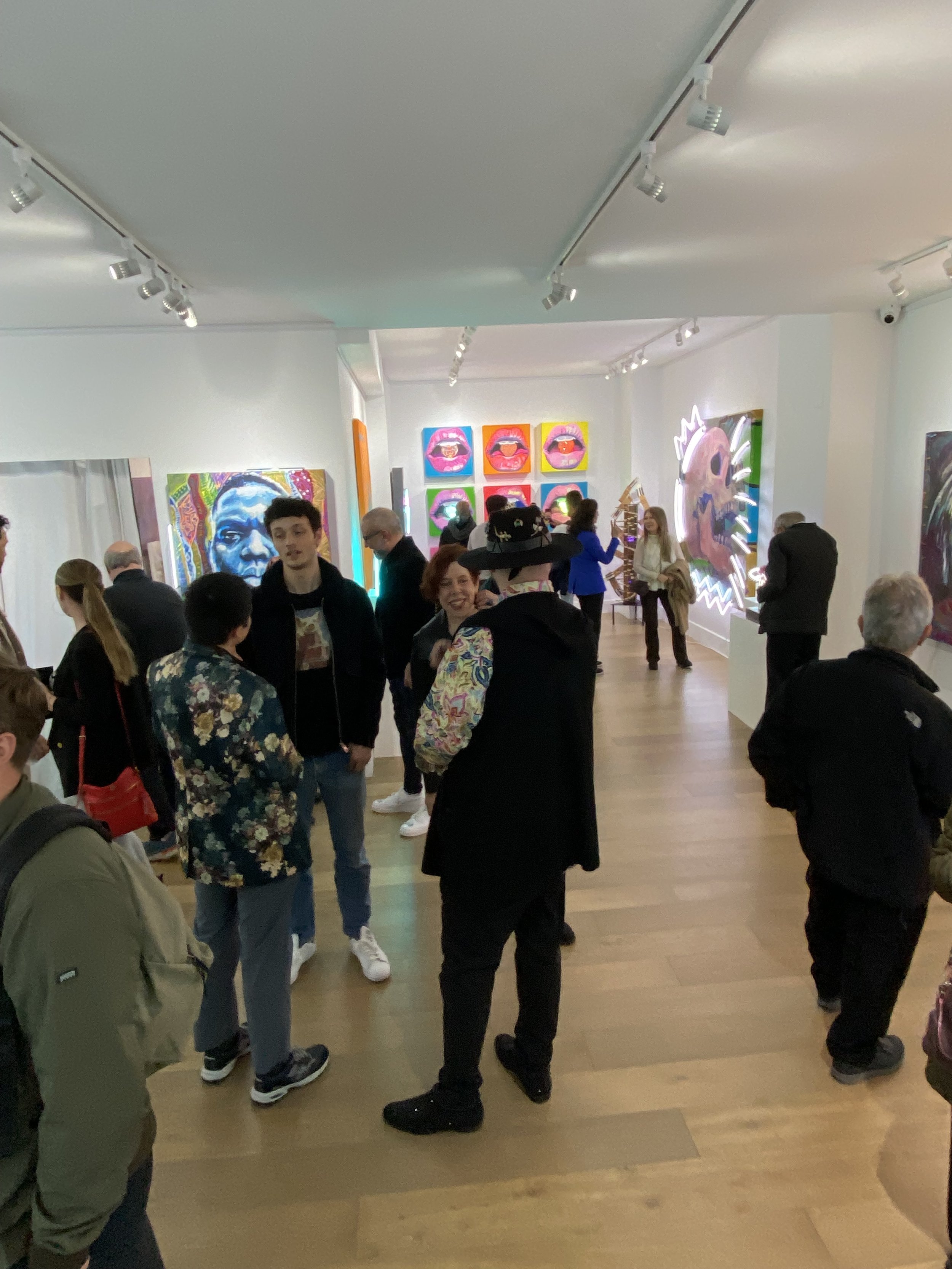

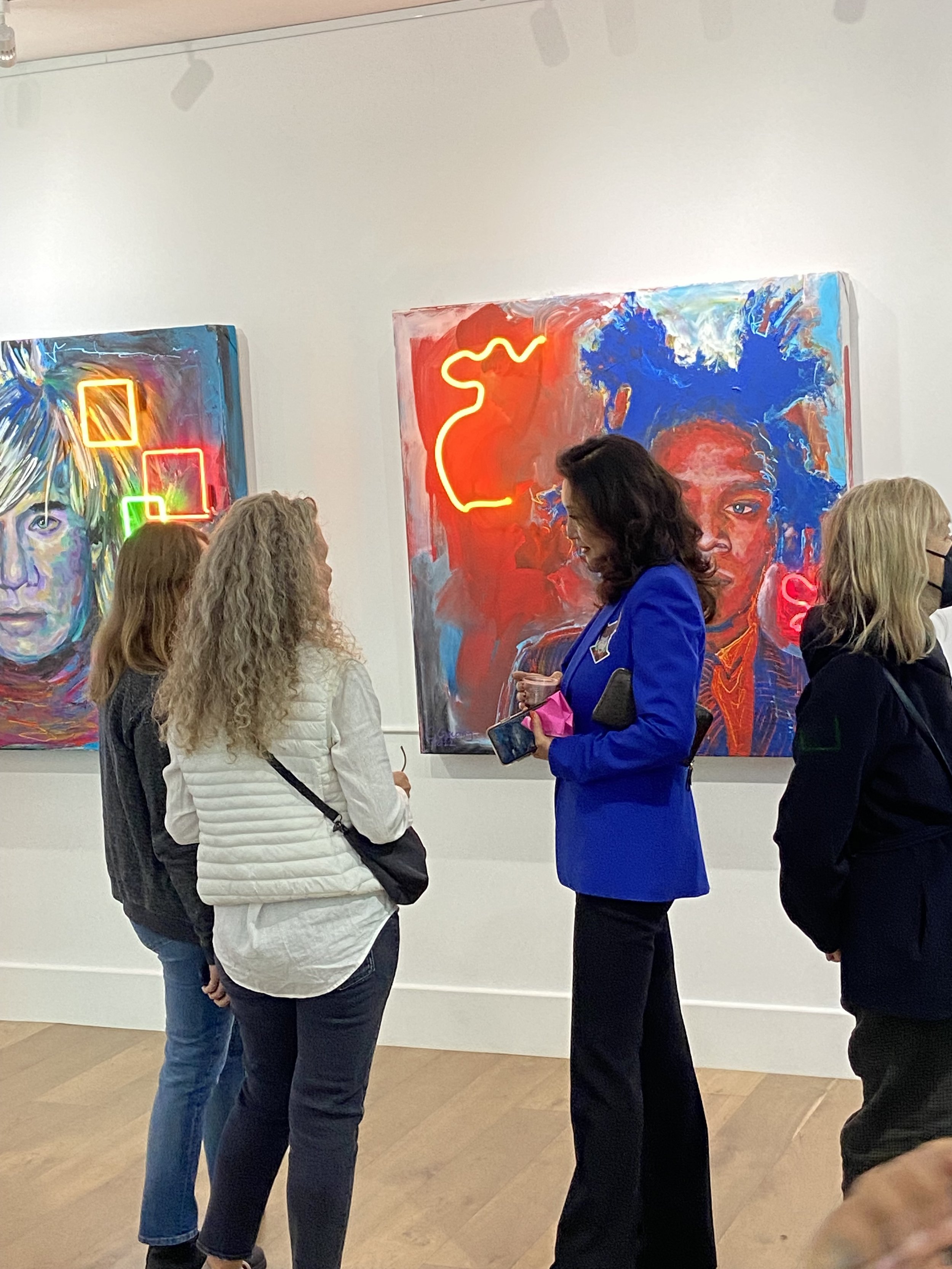
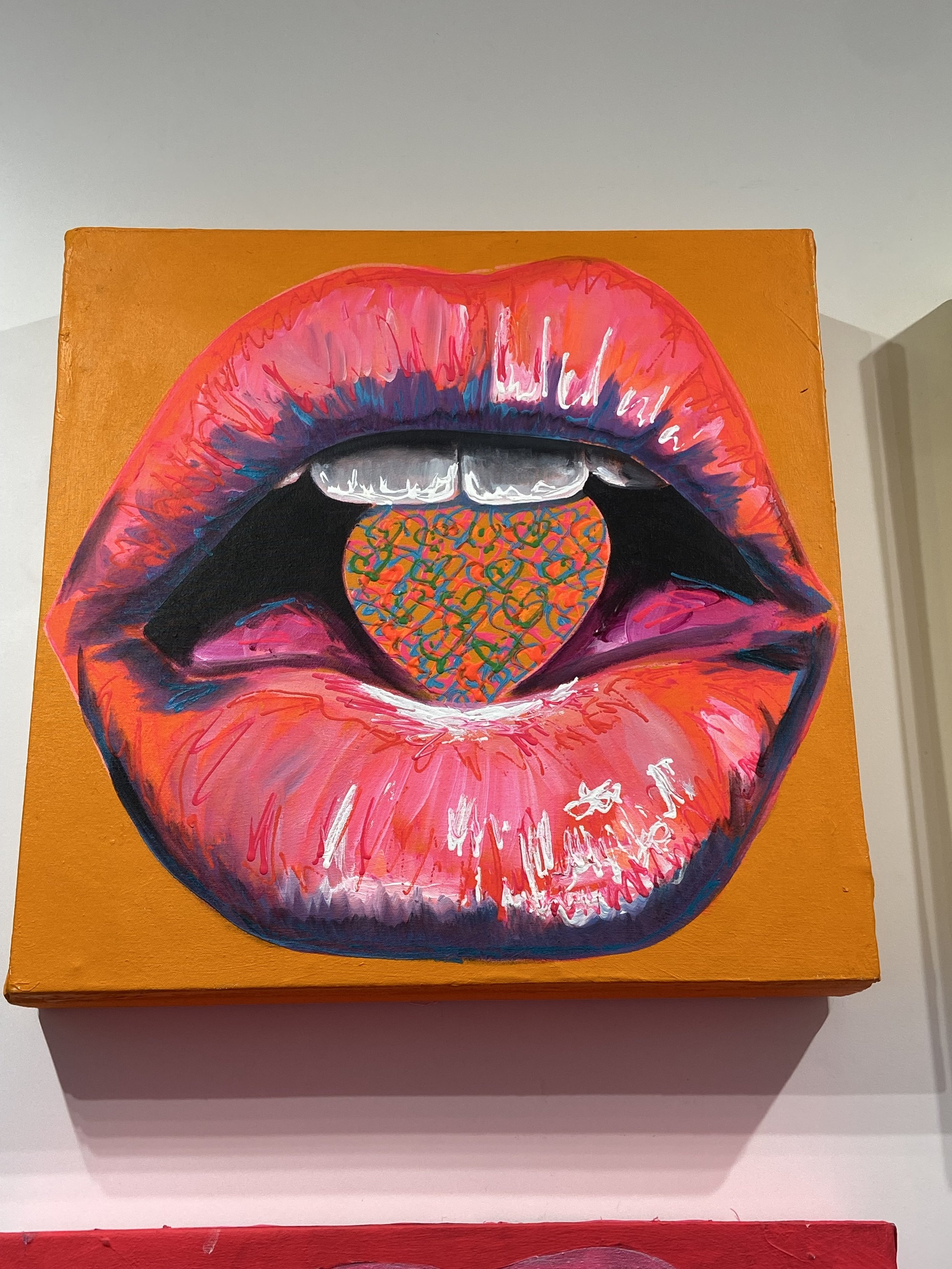
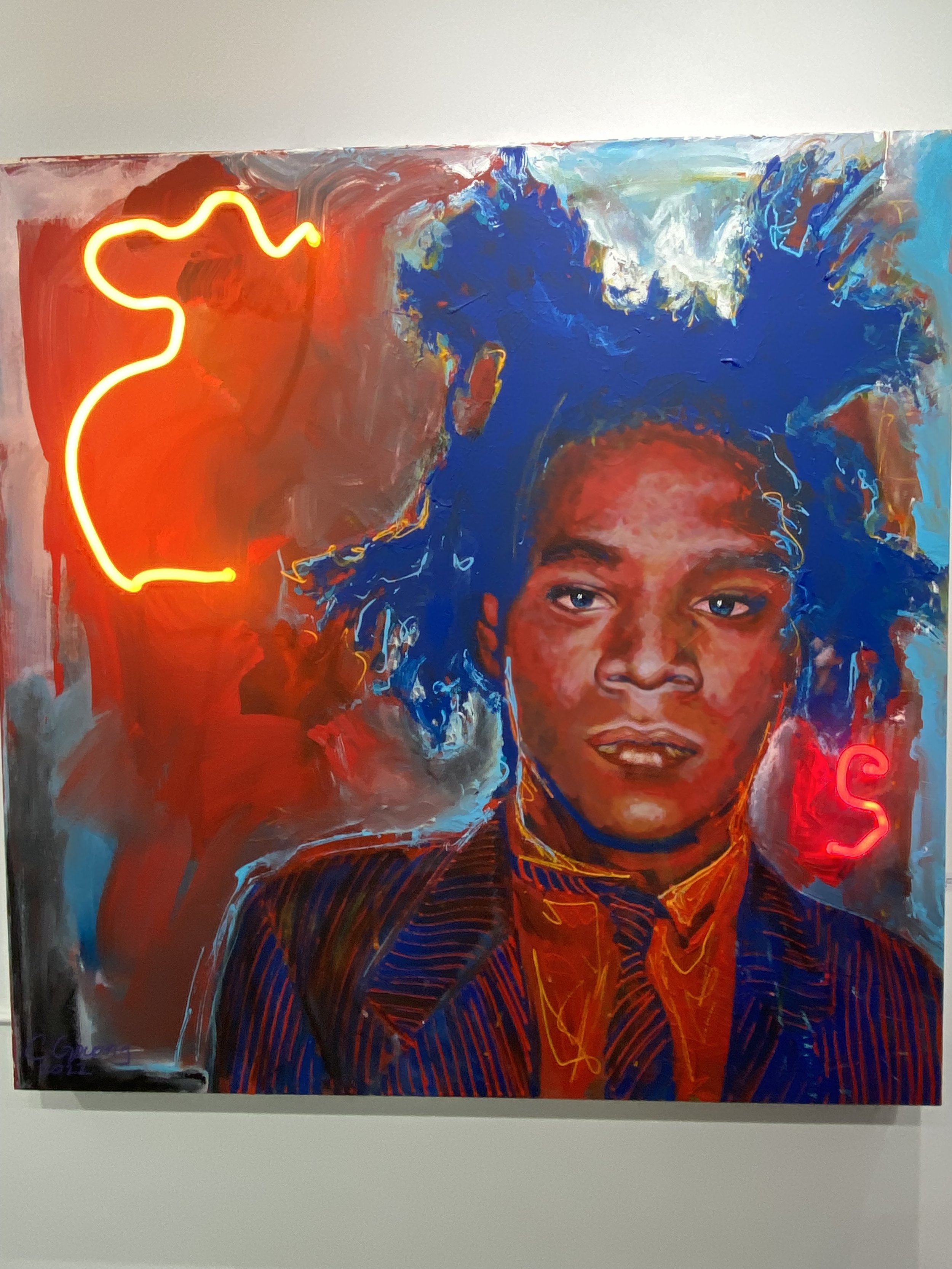
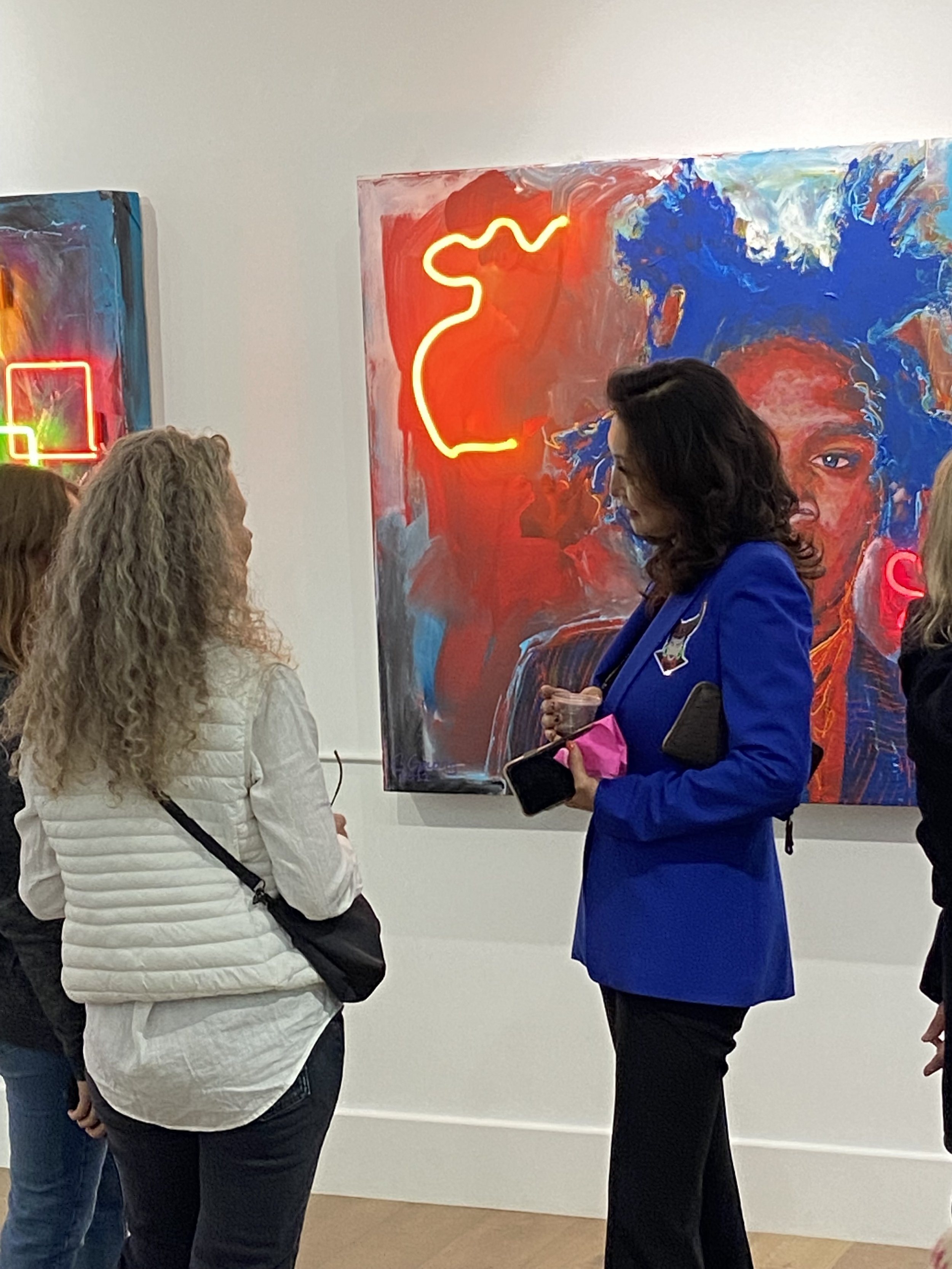
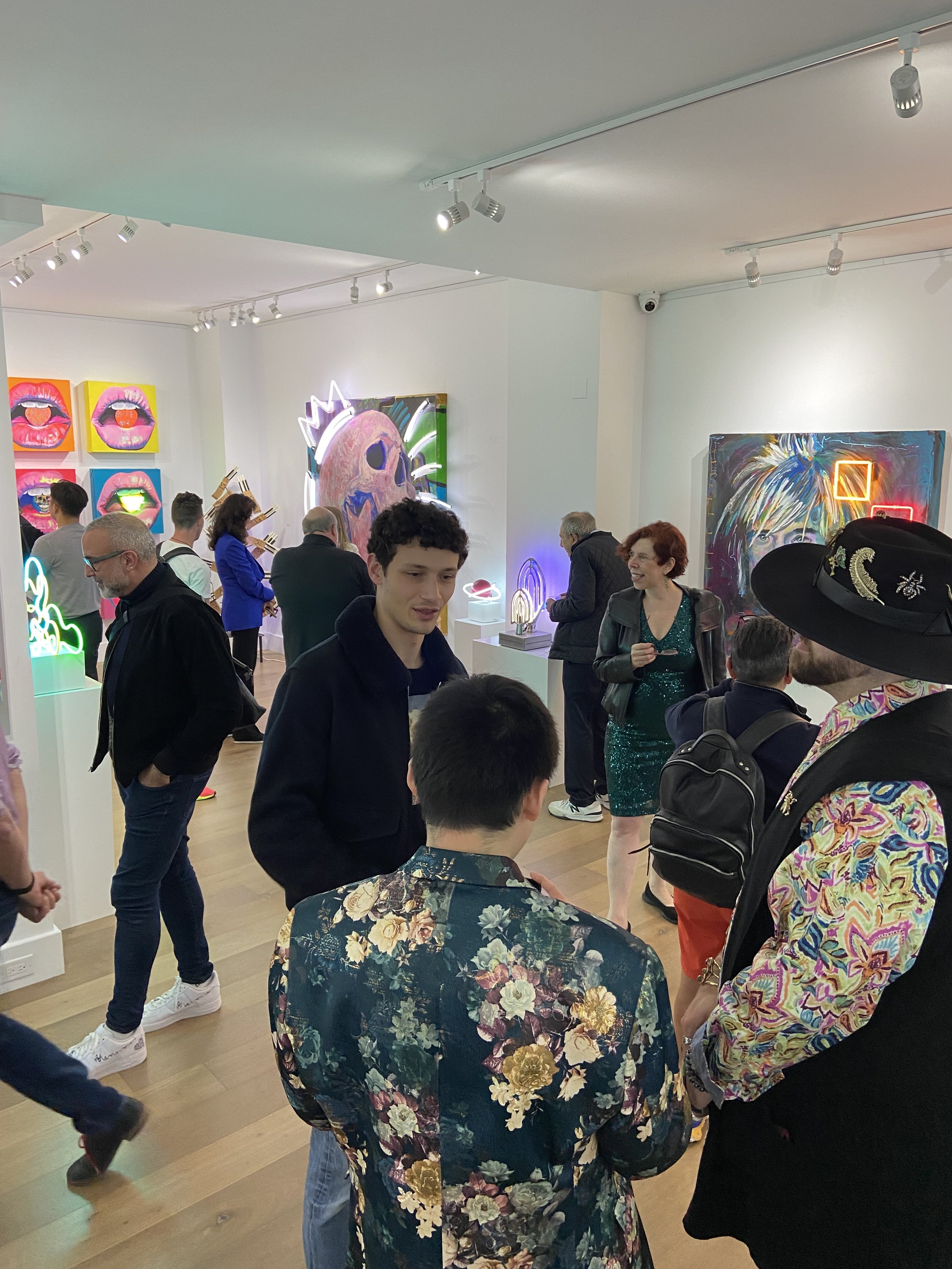
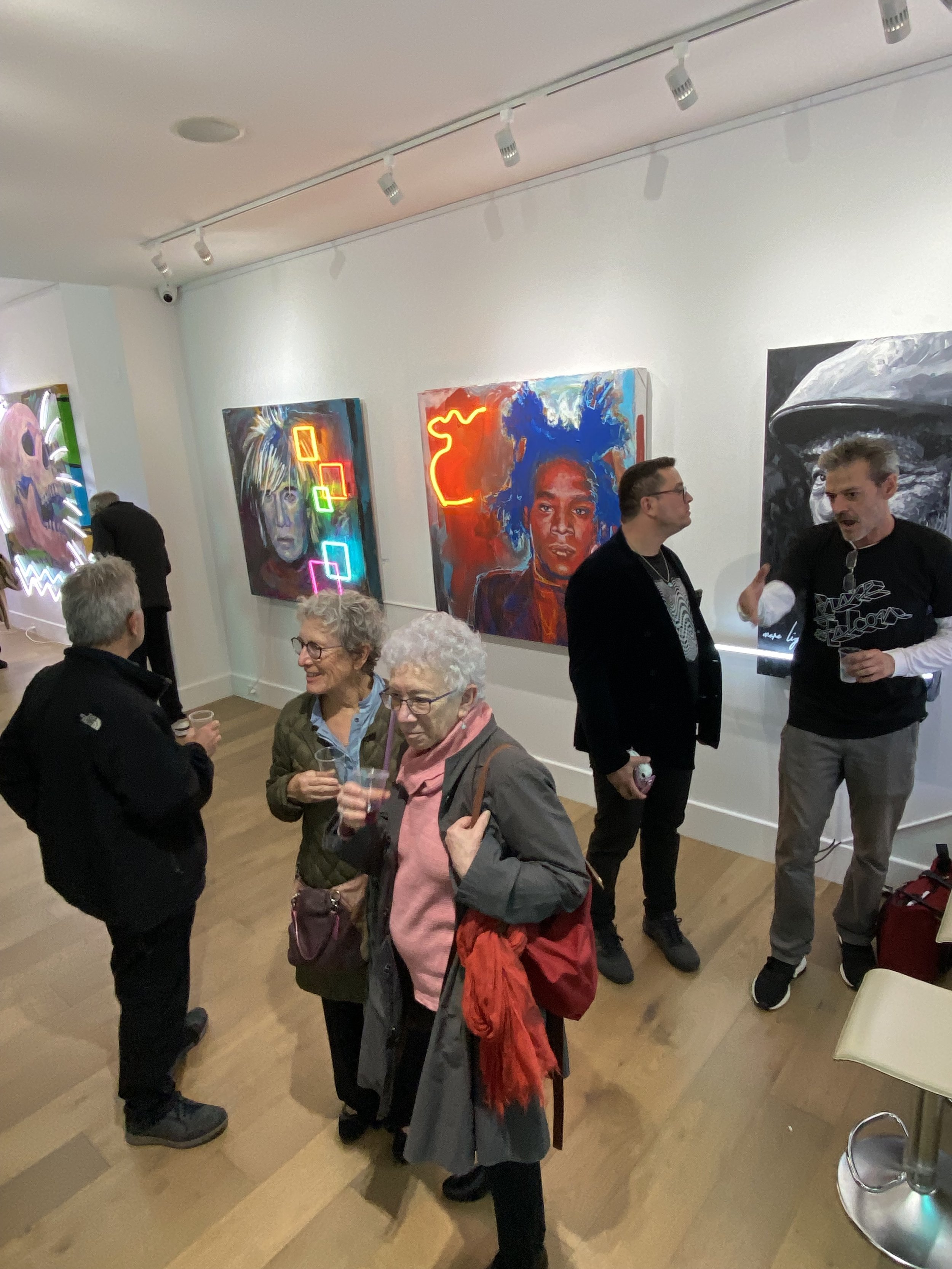



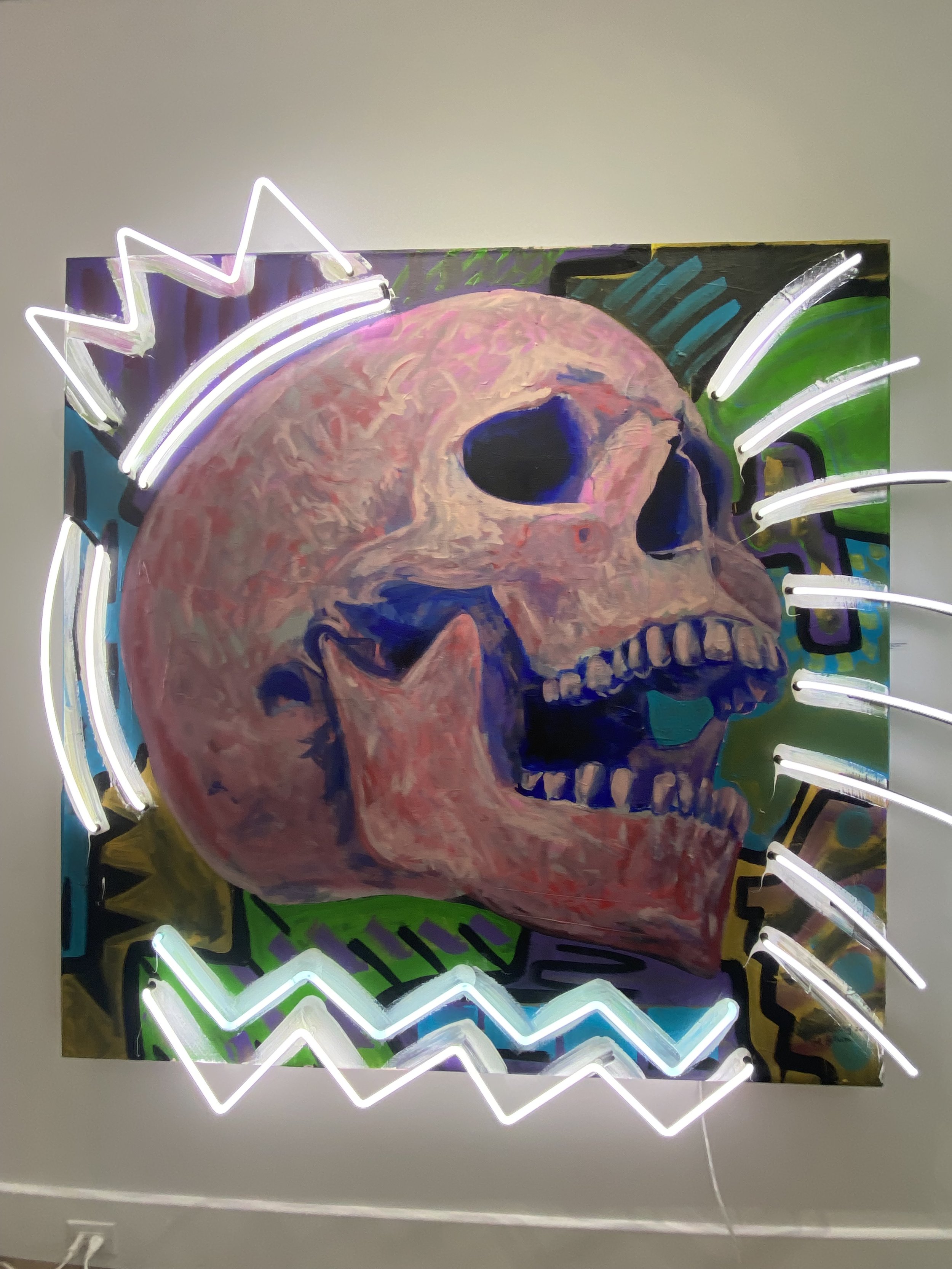





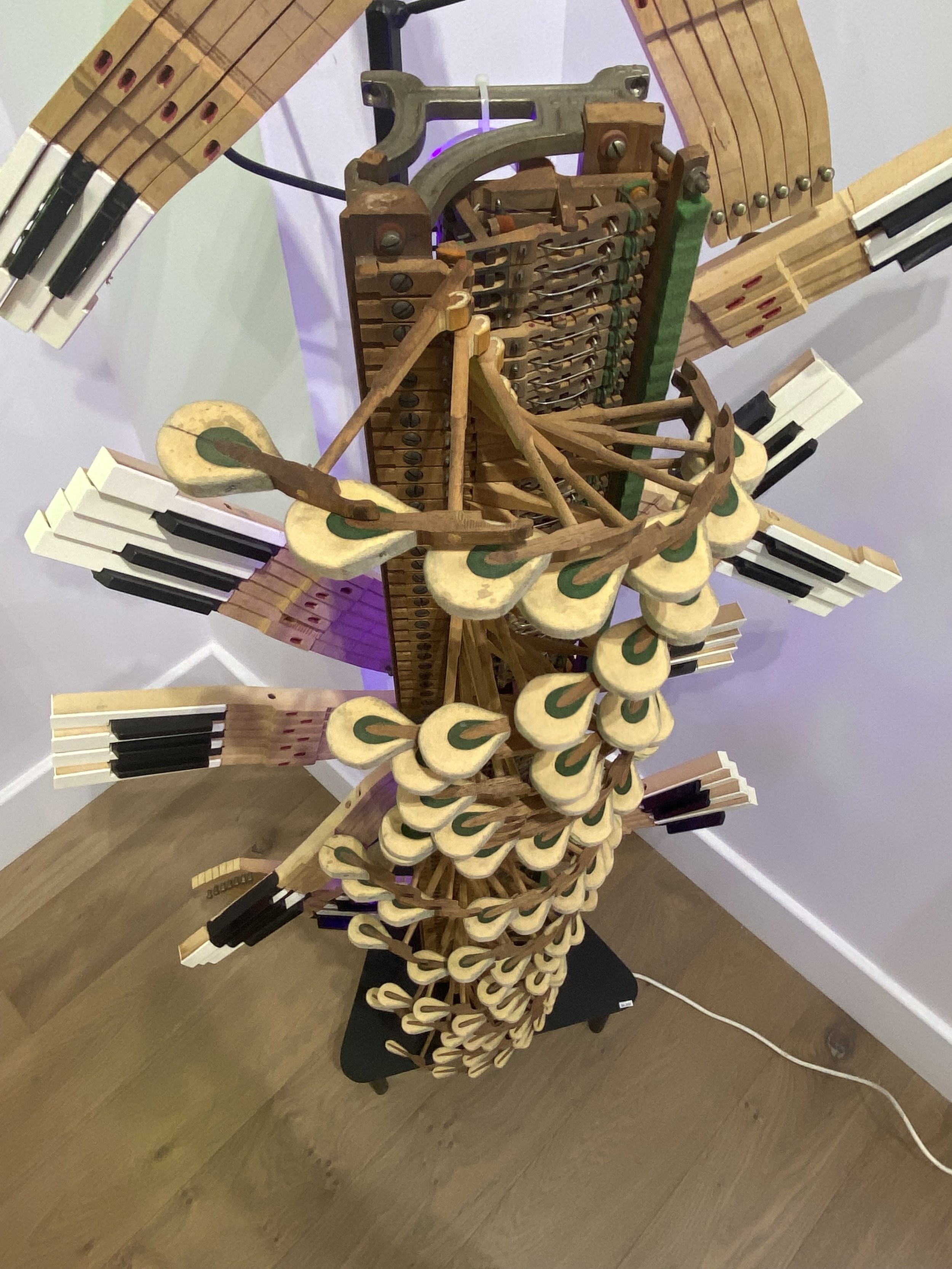
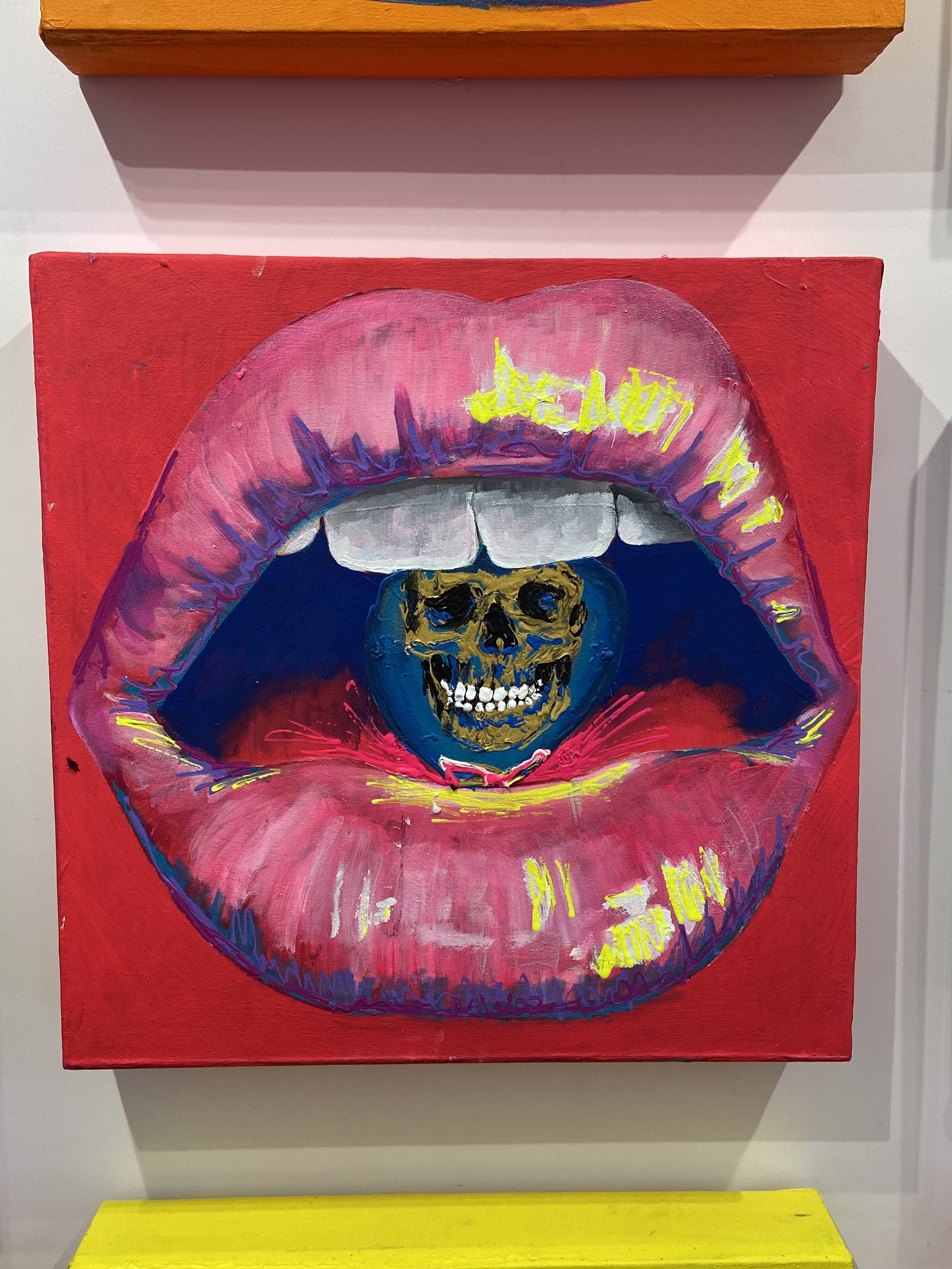
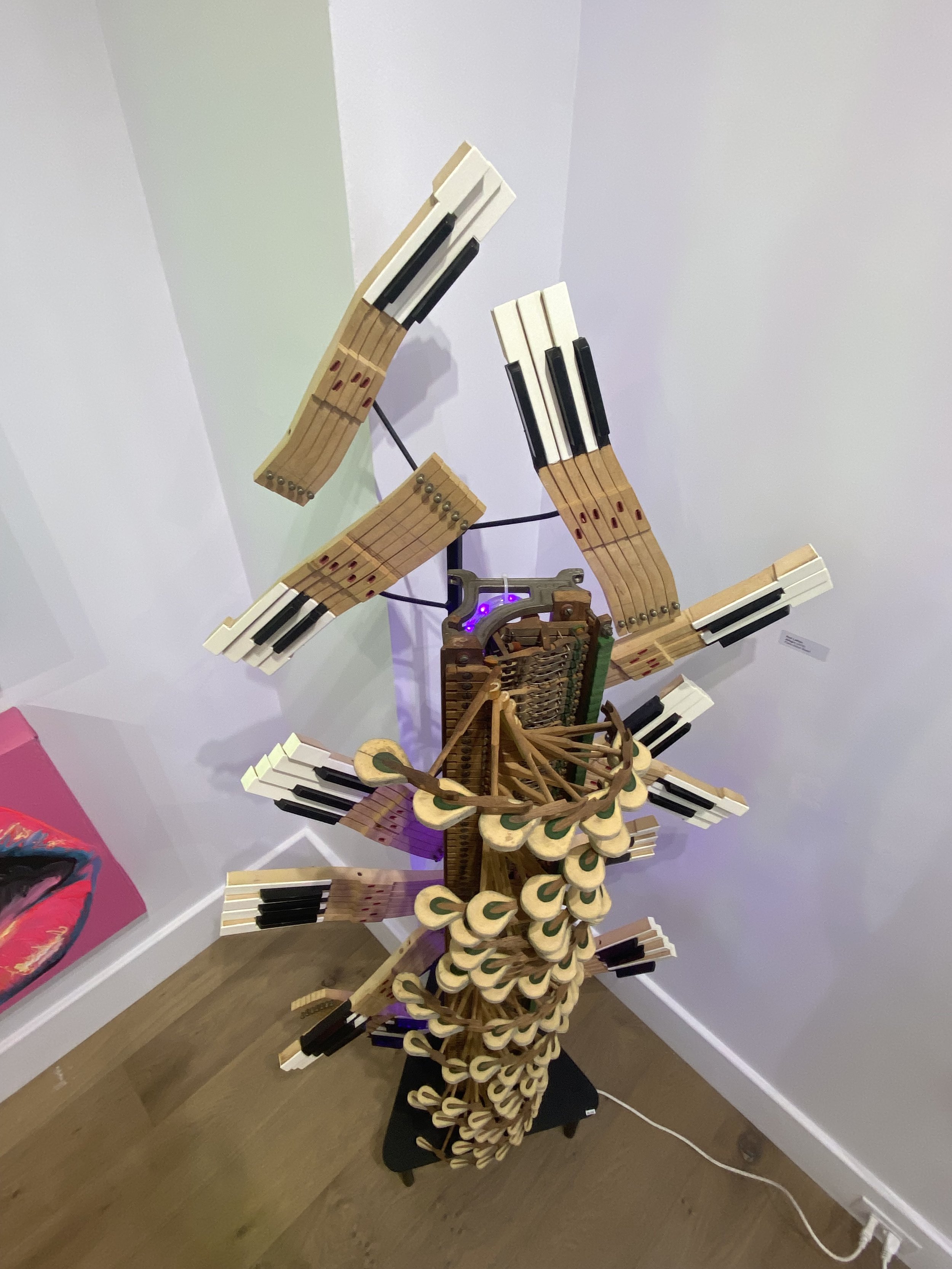
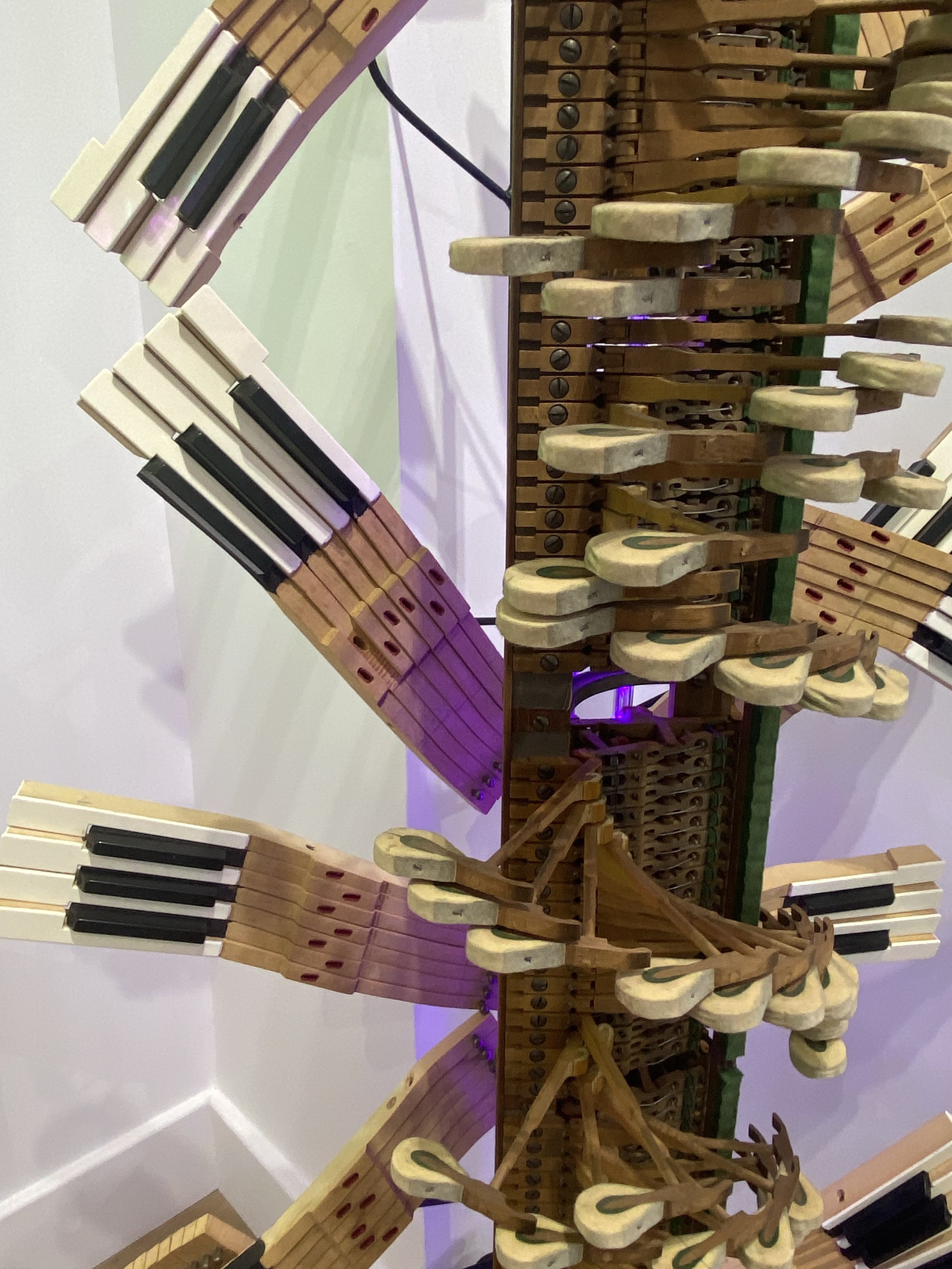
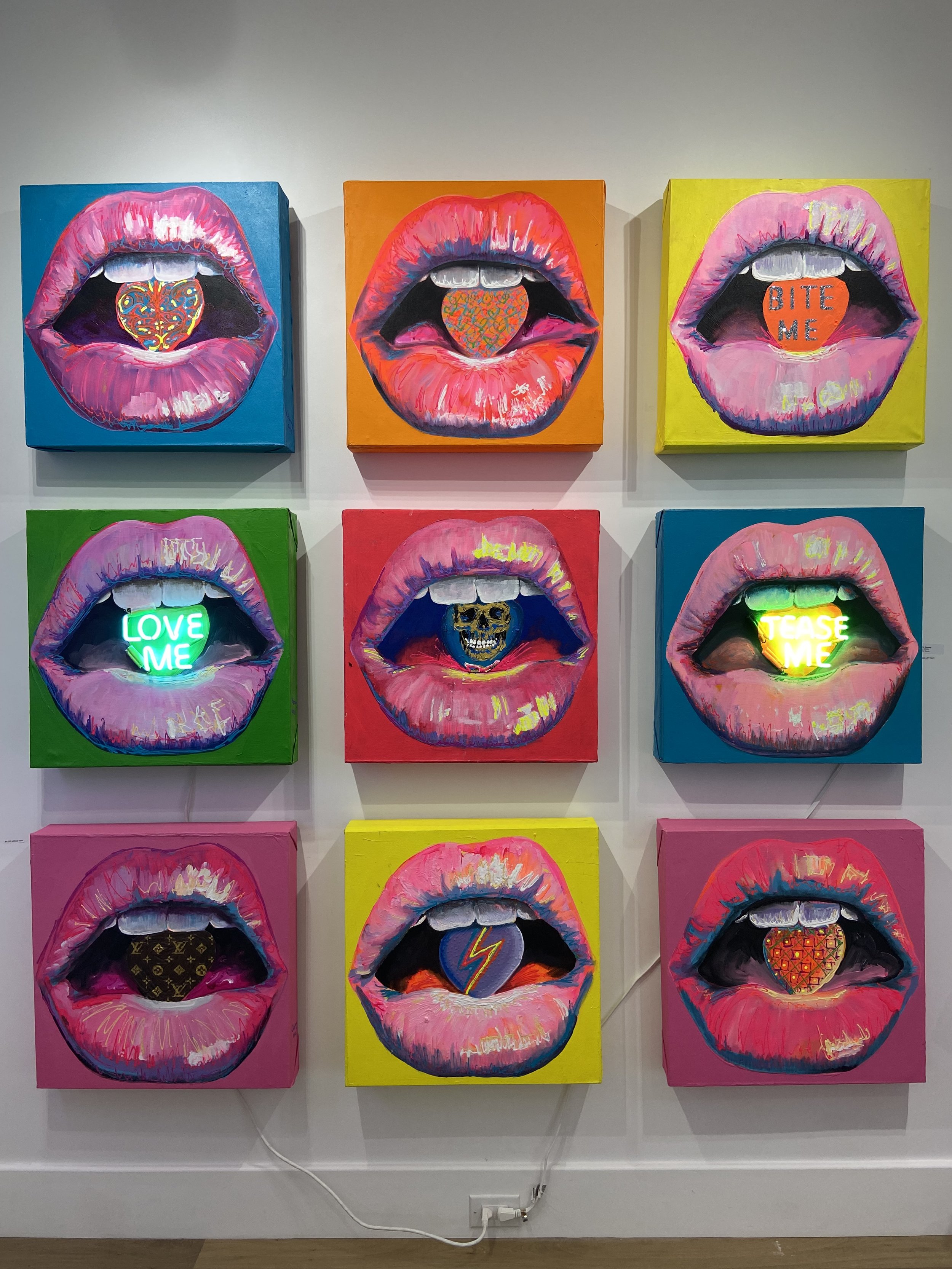

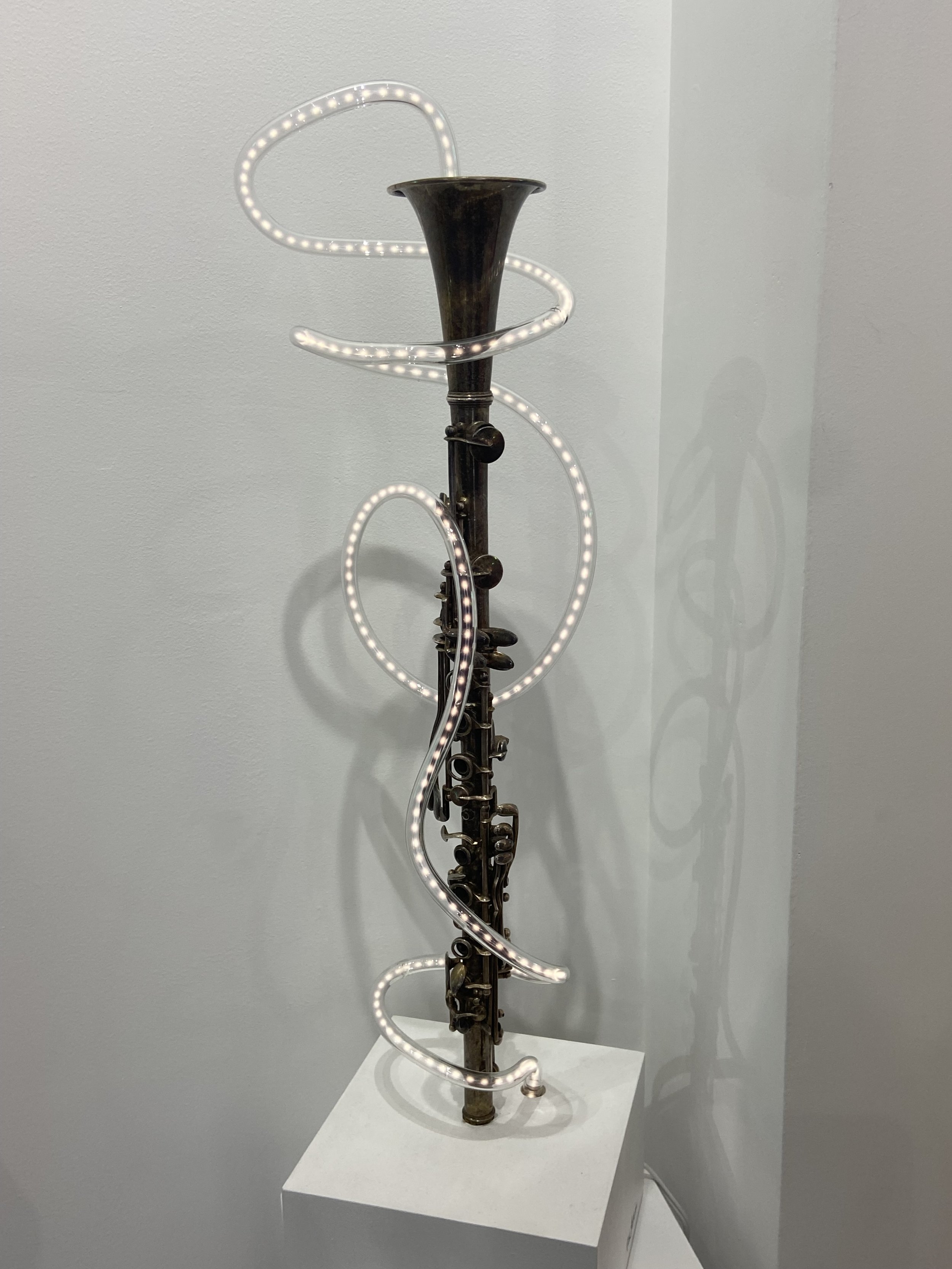



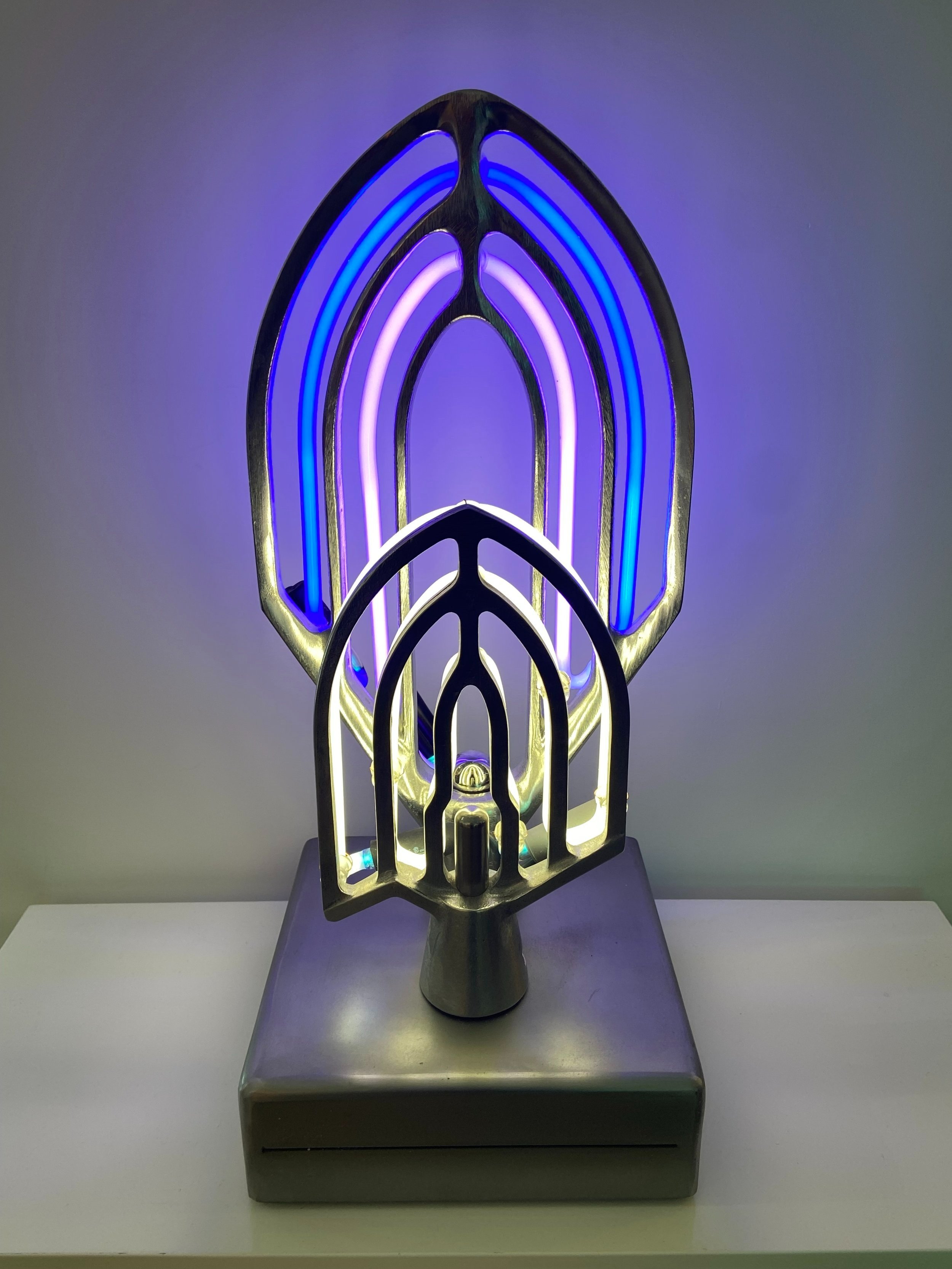



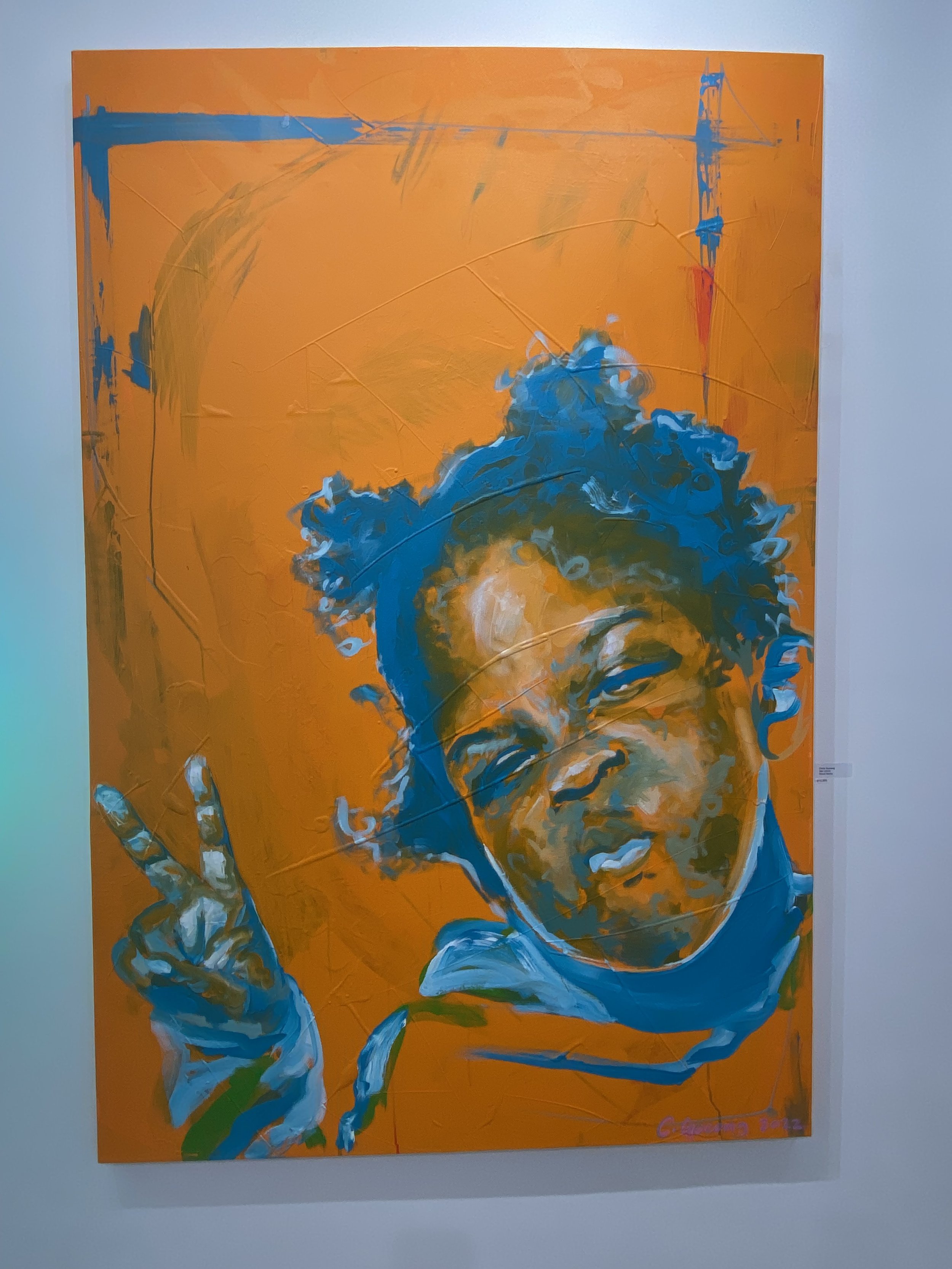



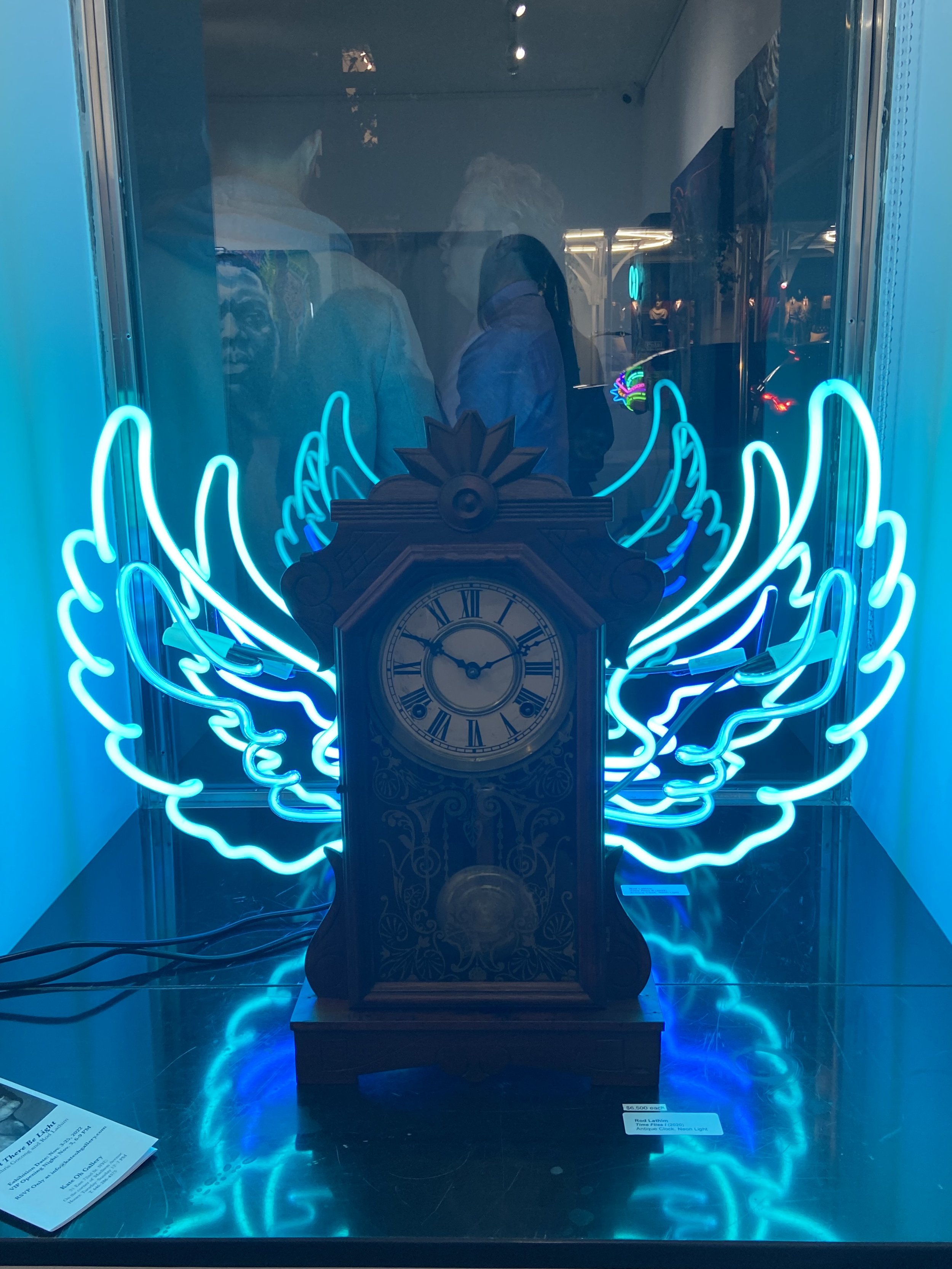



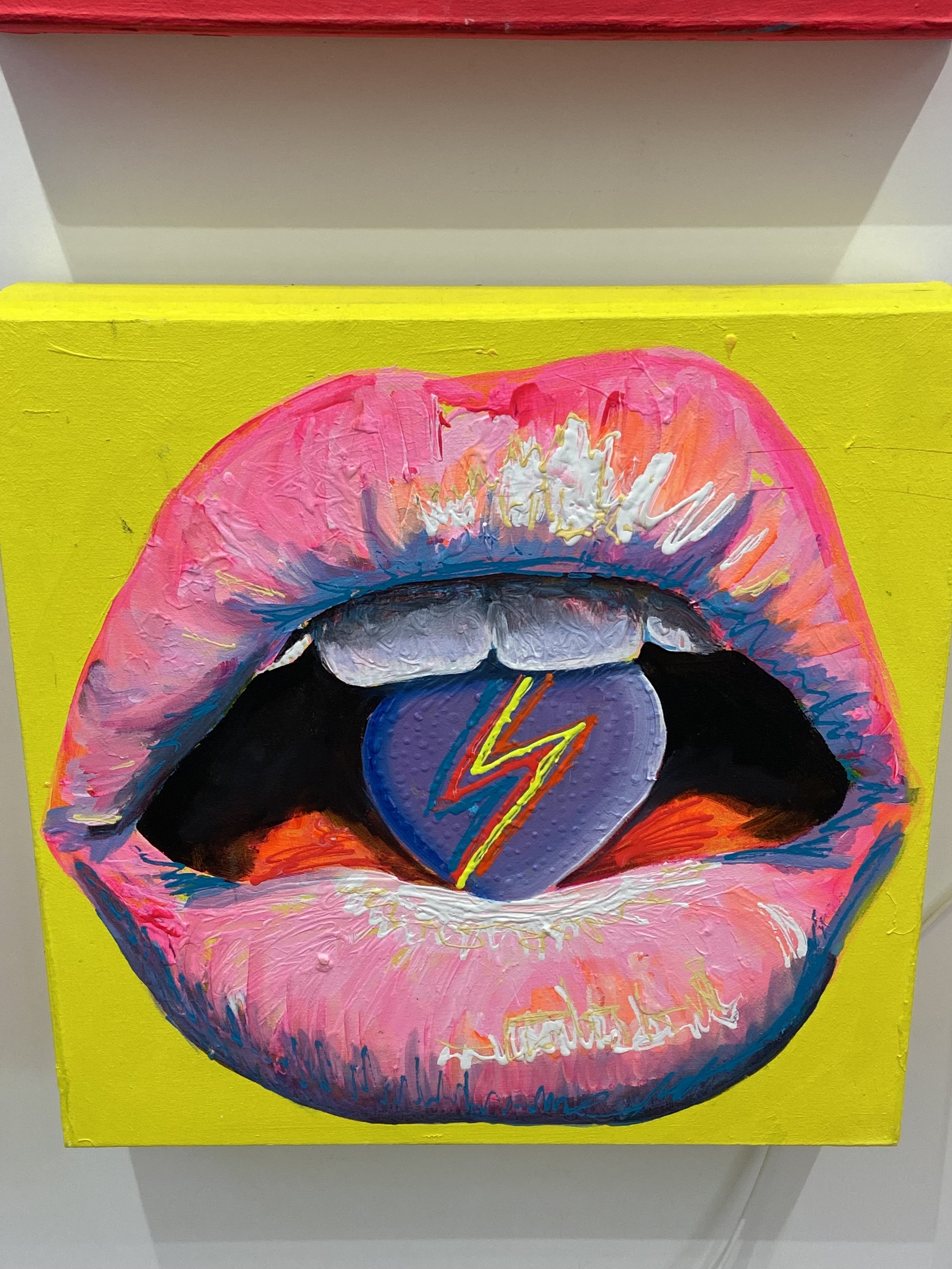
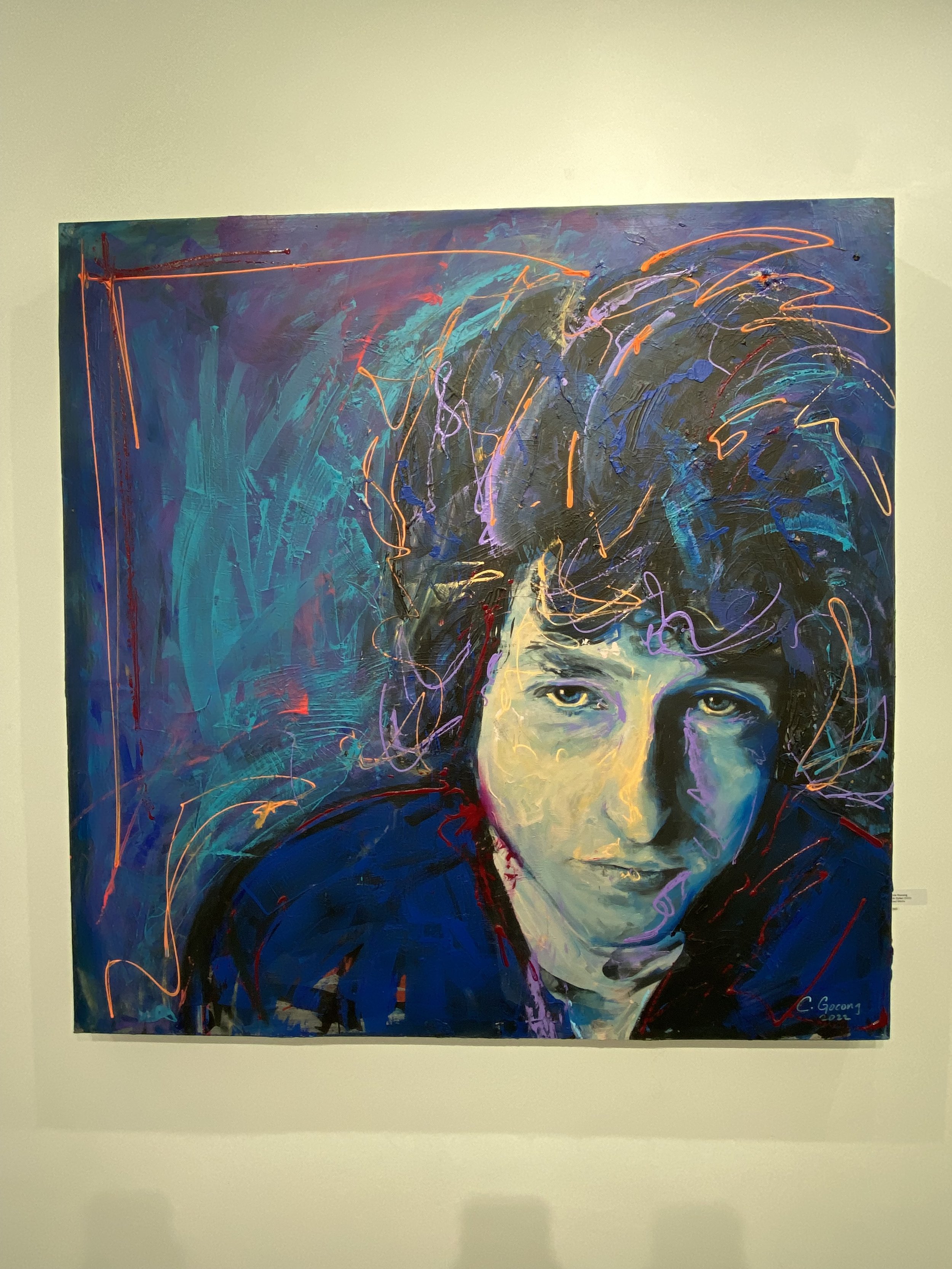

Chris Gocong and Rod Lathim are two West-coast artists who have historically collaborated, and this exhibition finds their collaboration coming to an apotheosis. Kate Oh’s new exhibition, "Let There be Light", attempts, in the artists' words, to proffer a "continuous process of growth". How exactly, does this growth come to be, then, and what is it that grows? My answer is: the flicker, which grows not in size or pronouncement, but in vigor and vim. This is accomplished through subtlety and playfulness—by making the flicker but an apparatus and not the primary material.
However, before we settle on this motif, is important to be honest. Indeed, the two artists are distinct in their chosen styles and approaches: Gocong is primarily a portrait artist while Lathim creates sculptures. Yet there is also a striking point of collective closure between the two that reveals itself in this exhibition. This is the use of light as a faint gesture, attenuating it into a flicker. The flicker is not the light that transpires in figurative modes—which, indeed, is necessarily at play in Gocong’s portraiture. Rather, it is light as an extraneous element in Gocong’s portraits of Basquiat and light as it informs the entirety of Lathim’s sculptural practice. Such is a light that suggest movement (suggesting, and not directing, for we are in the realm of still images and the plastic arts—not moving images).
Consider Gocong’s portrait of Basquiat. There are a few direct art historical sources that immediately come to mind—Warhol’s portraits and the expressionist tradition of Soutine and company. Basquiat’s frizzled hair is painted in thick blue that almost veers towards layers of impasto; his skin is blanched plum-red, and the background comes apart at the seams, the edges of the shoulders and face fading into unsure limits. This underscores the pulpy fleshiness of the subject, made all the more pronounced by the forceful brushwork—smears of rose shades, blotched cyan, and grey-white streaks that resemble smudged panels. Yet none of this is where light pervades, for this is all anchored in the realm of dimensional hardness. Rather, it is to the upper left of Basquiat’s fact and the lower right of his cheek where creases of sunny-colored, near-neon light zig and zag, such that light becomes a pervasive force.
This motif recurs in Gocong’s portrait of Bowie, the Starman icon’s famous thunderbolt now re-rendered in teal and violet outlines—the twin stripe pared to its lineal edges. In Memonto Mori, we see light crowning the skull—the famous signifier of mortality that brings us into contact with the fleeting possibility, or grim lack thereof, of an afterlife. The flicker is here of a piece with light. It is the bridge between the two artists. The flicker perfectly distills the world electricity, of movement, settling us into the overpass that guides Lathim’s neon microcosm.
With Lathim, the art historical anchor is Chryssa, the great luminist who brought neon, barcades, and the implications of the red light district to the stature of high art. But where Chryssa worked exclusively with neon qua pictography, for Lathim it is but one element amongst many in his sculptures. In one particularly evocative work. a collaboration with painter George V. Wolf, a vampiric jester features prominently, their drag-suited purple makeup striking jarring, sharp contours. Their horns, like those of a gargantuan antelope, plume to the heavens. Emerald-apple hoop earrings loop and a wispy crimson scarf shoulders strands of Stygian hair. Even here, where the flicker is made literal vis-à-vis neon furnishings, it is utterly subtle—it indicates, underscores, and suggests but is not overwhelming. In turn, Gocong and Lathim play with light and manipulate it, without becoming overpowered by it. This subtlety is what makes the works playful.